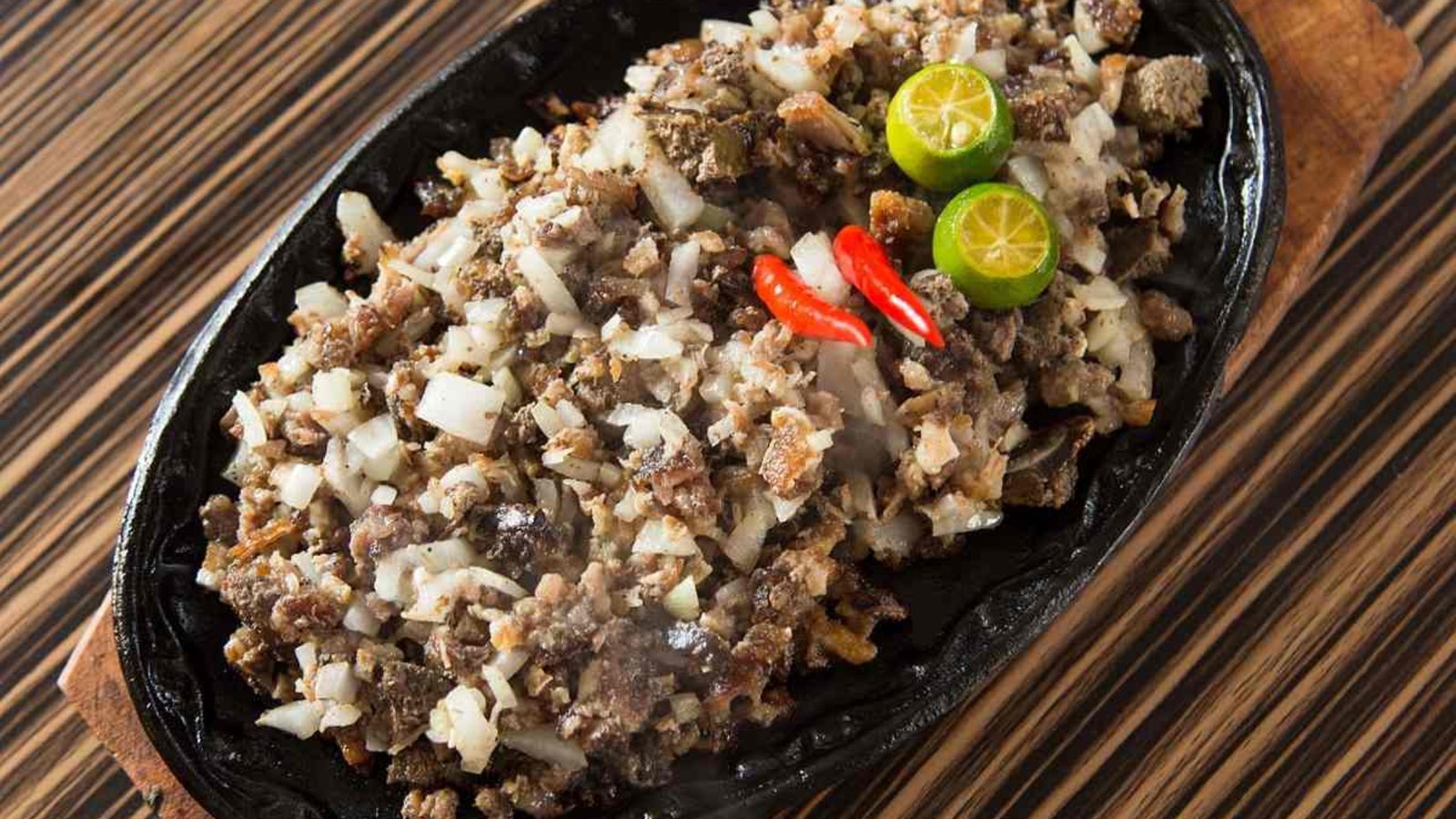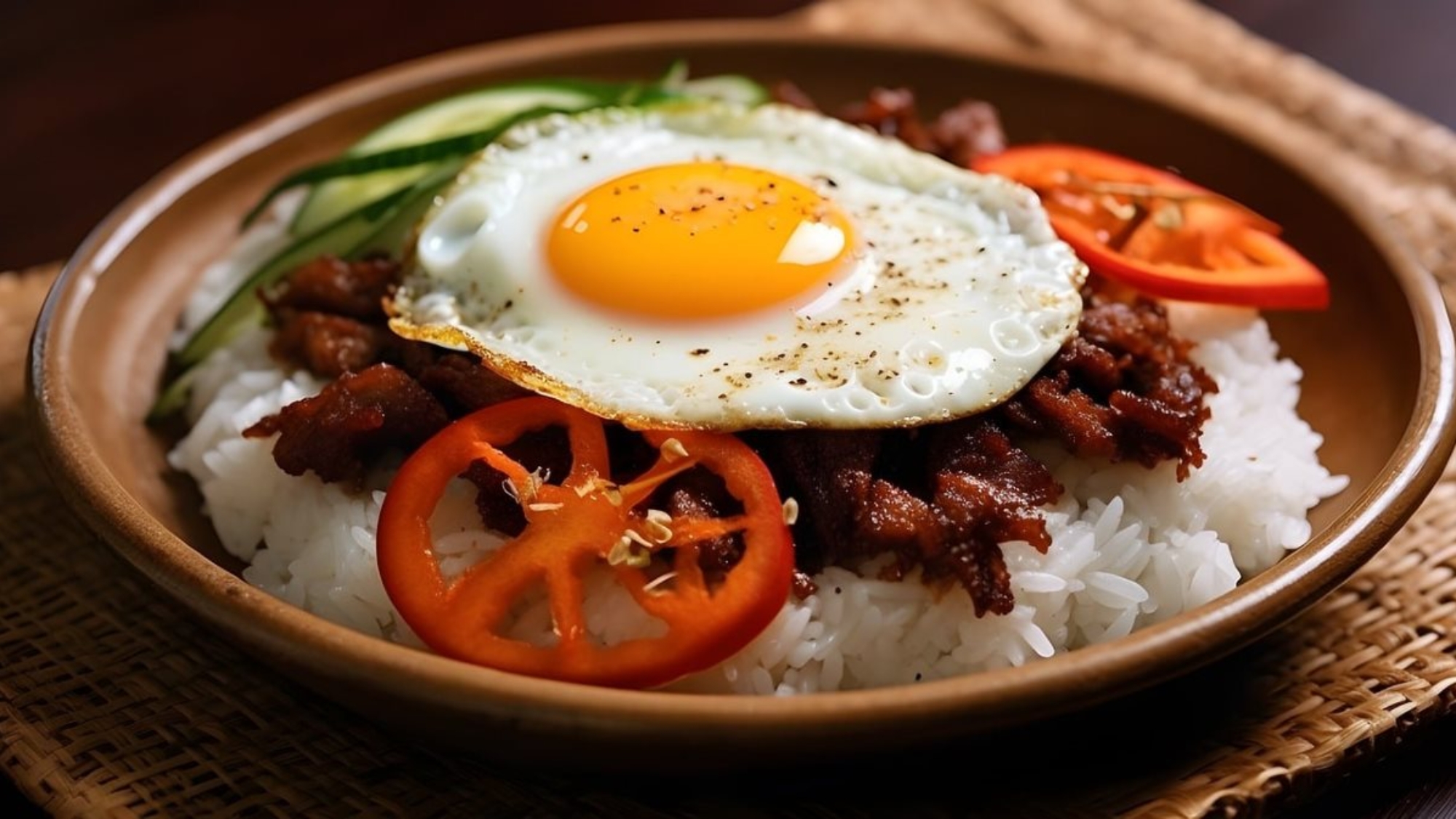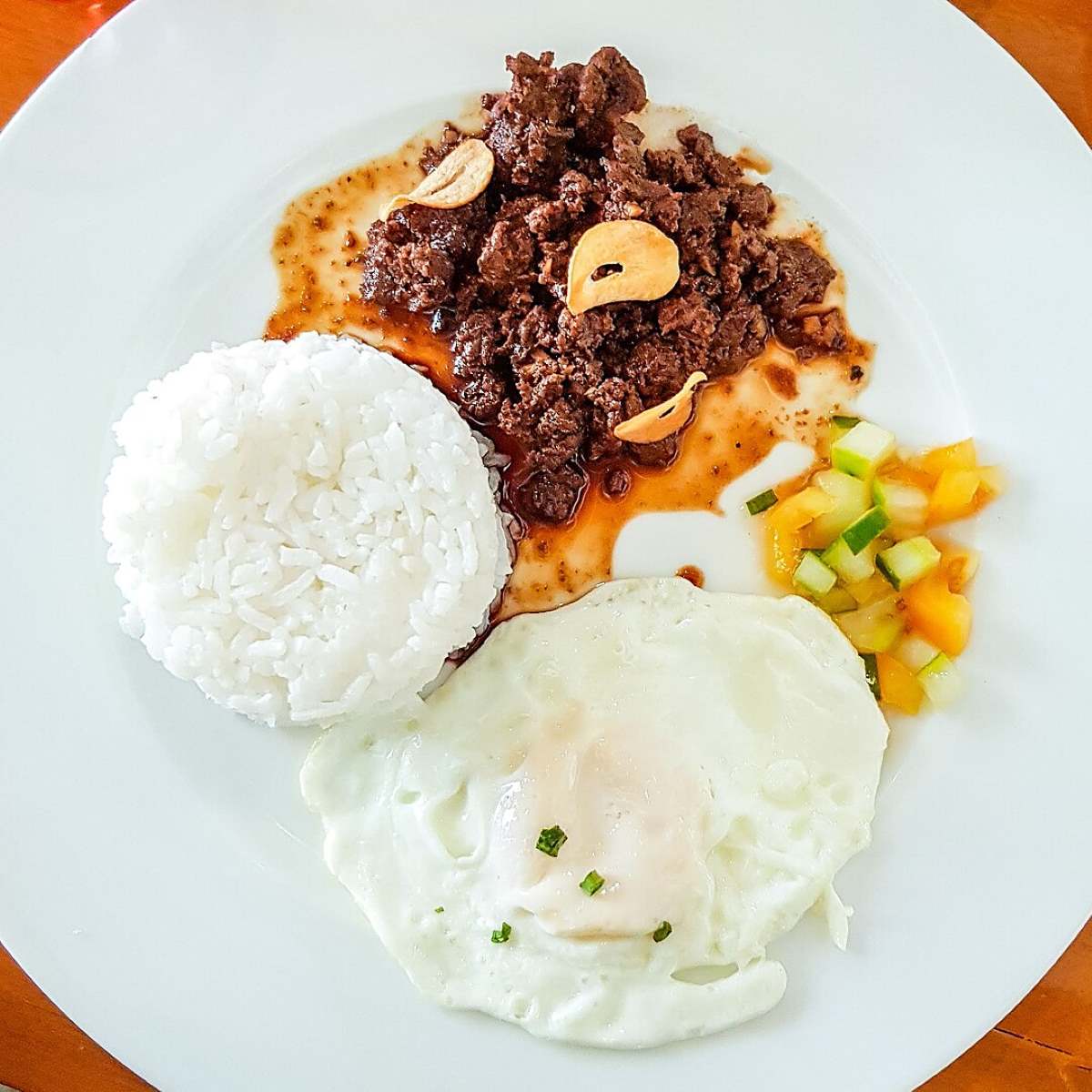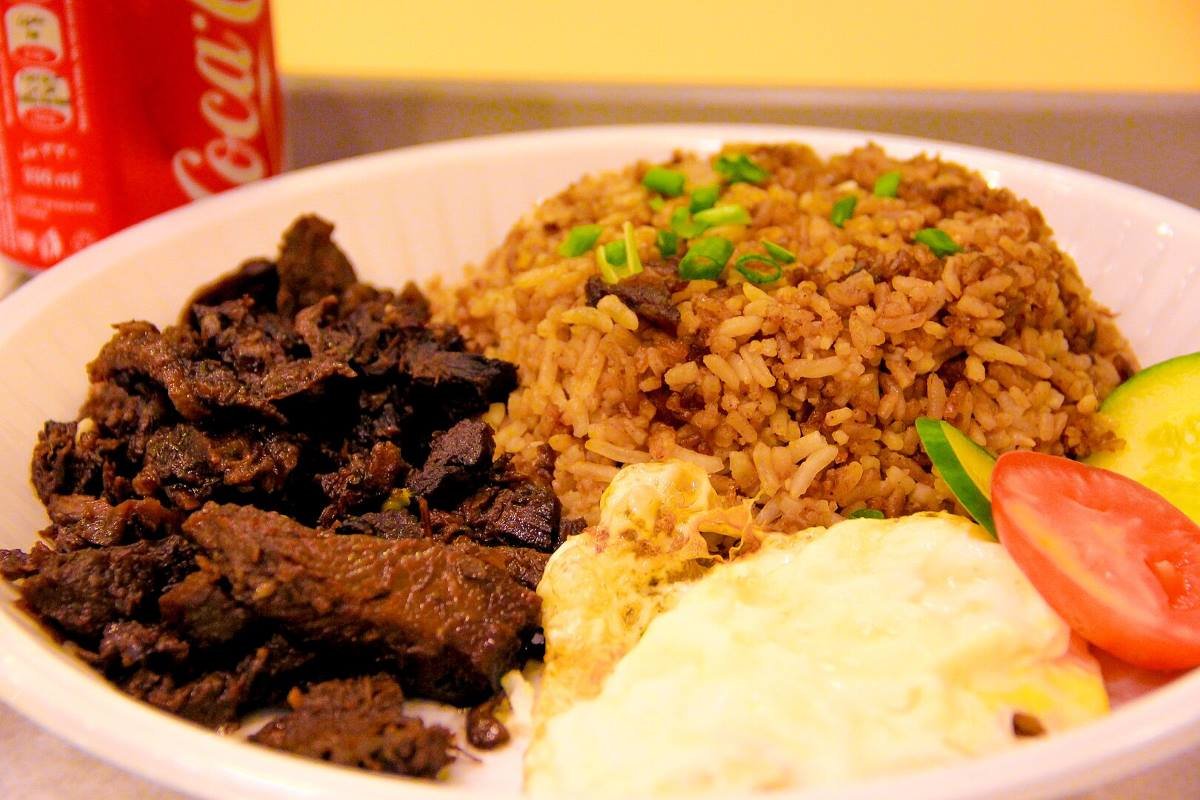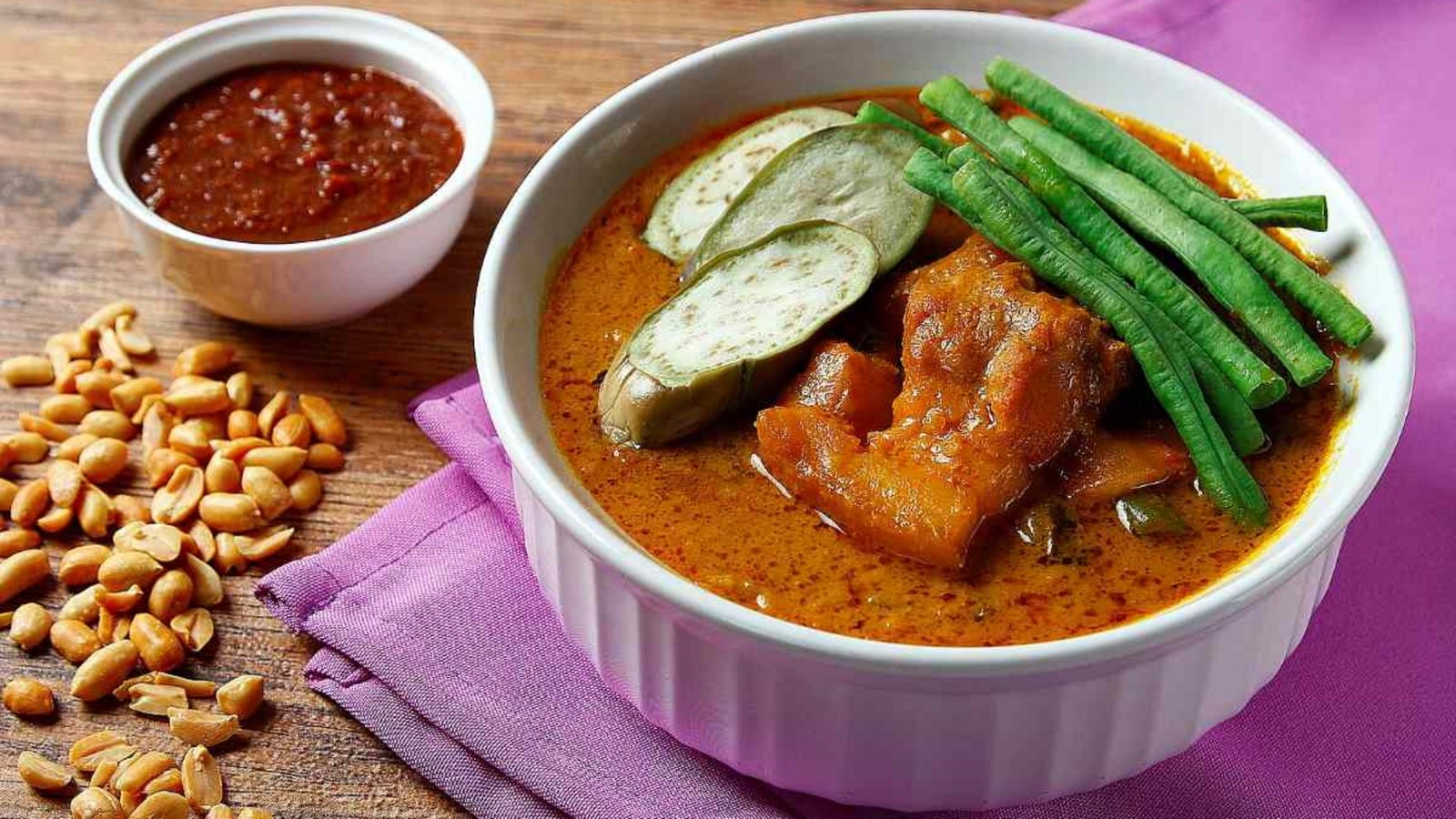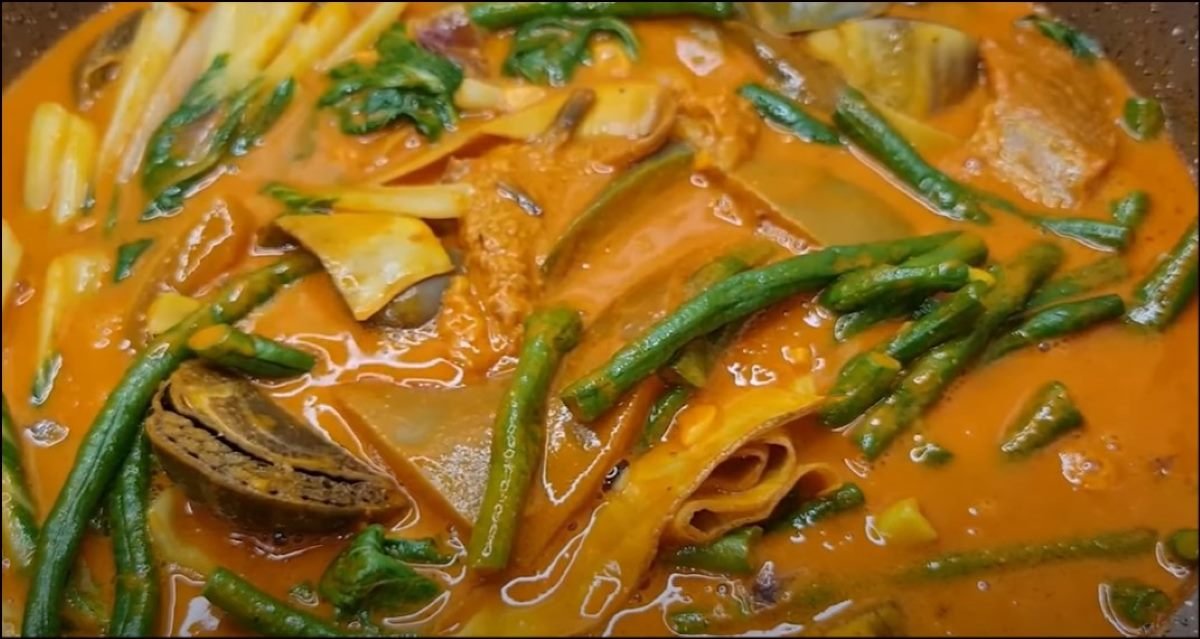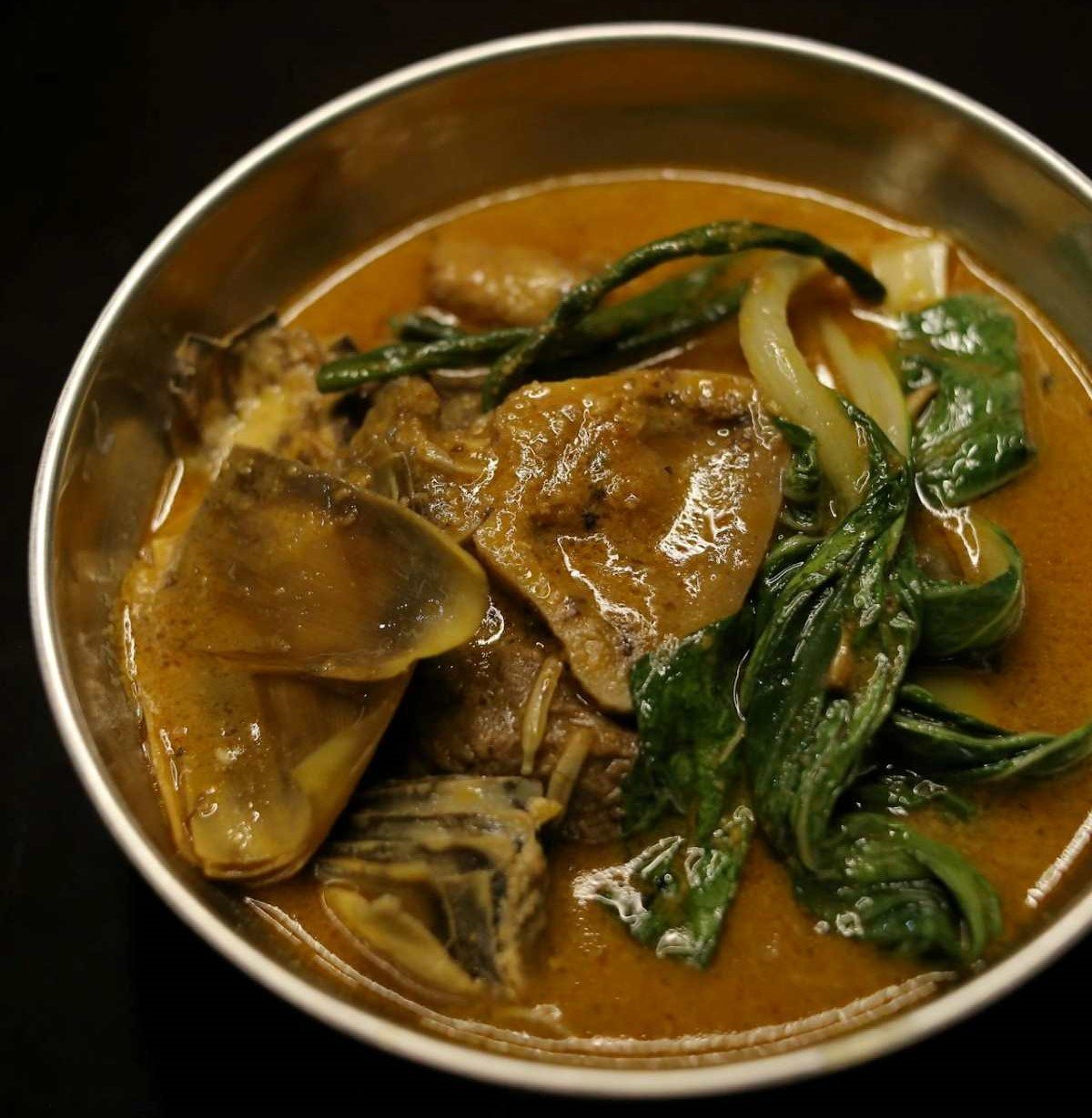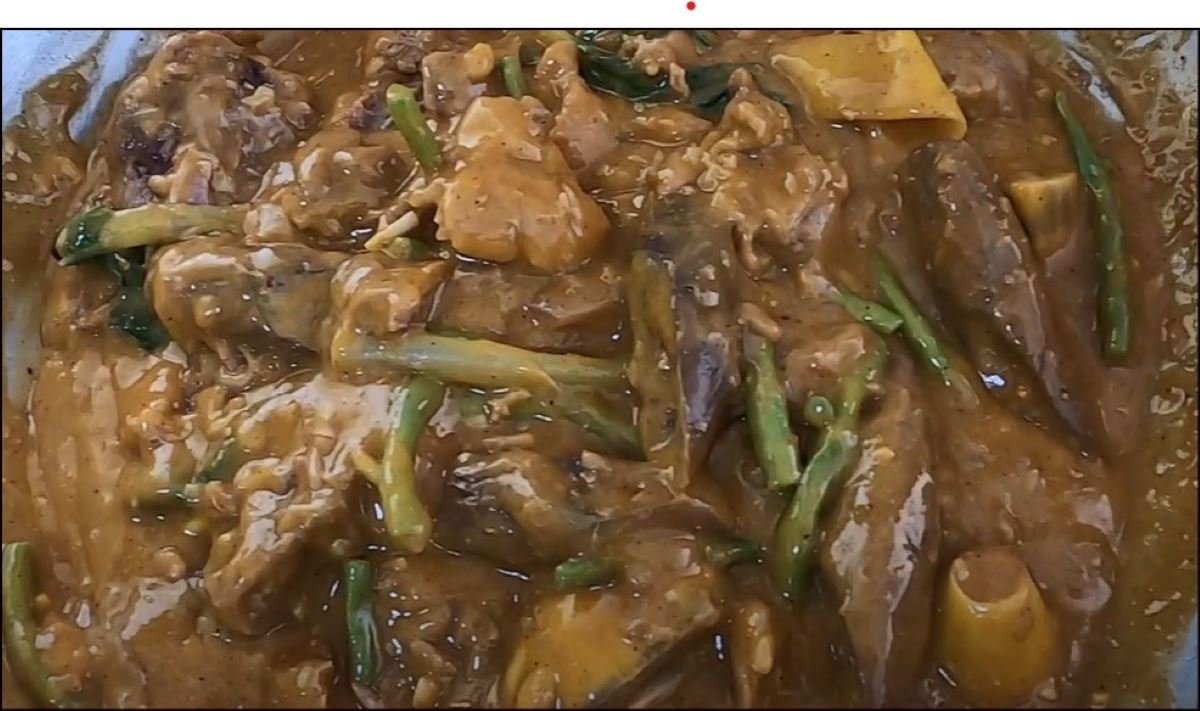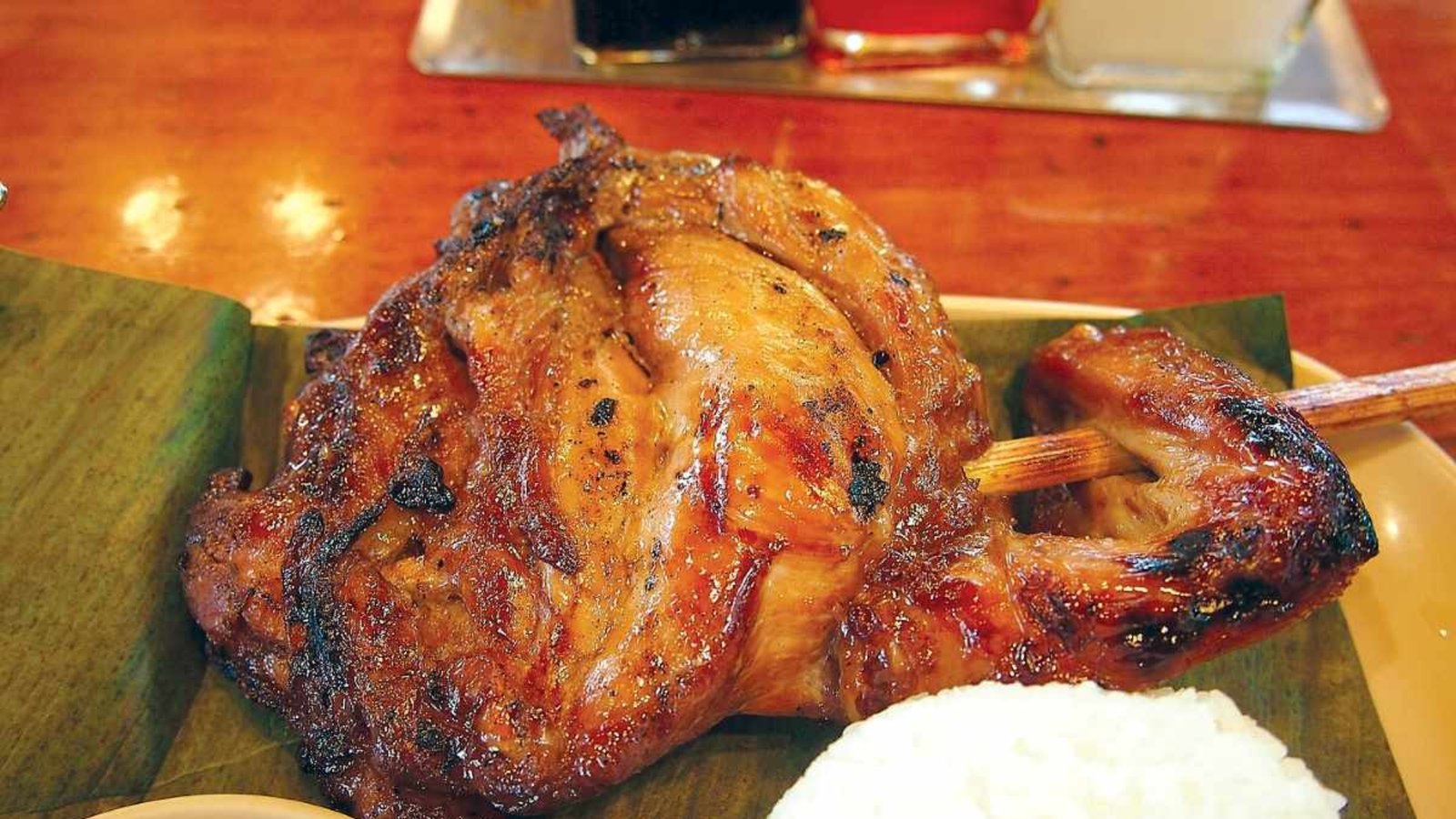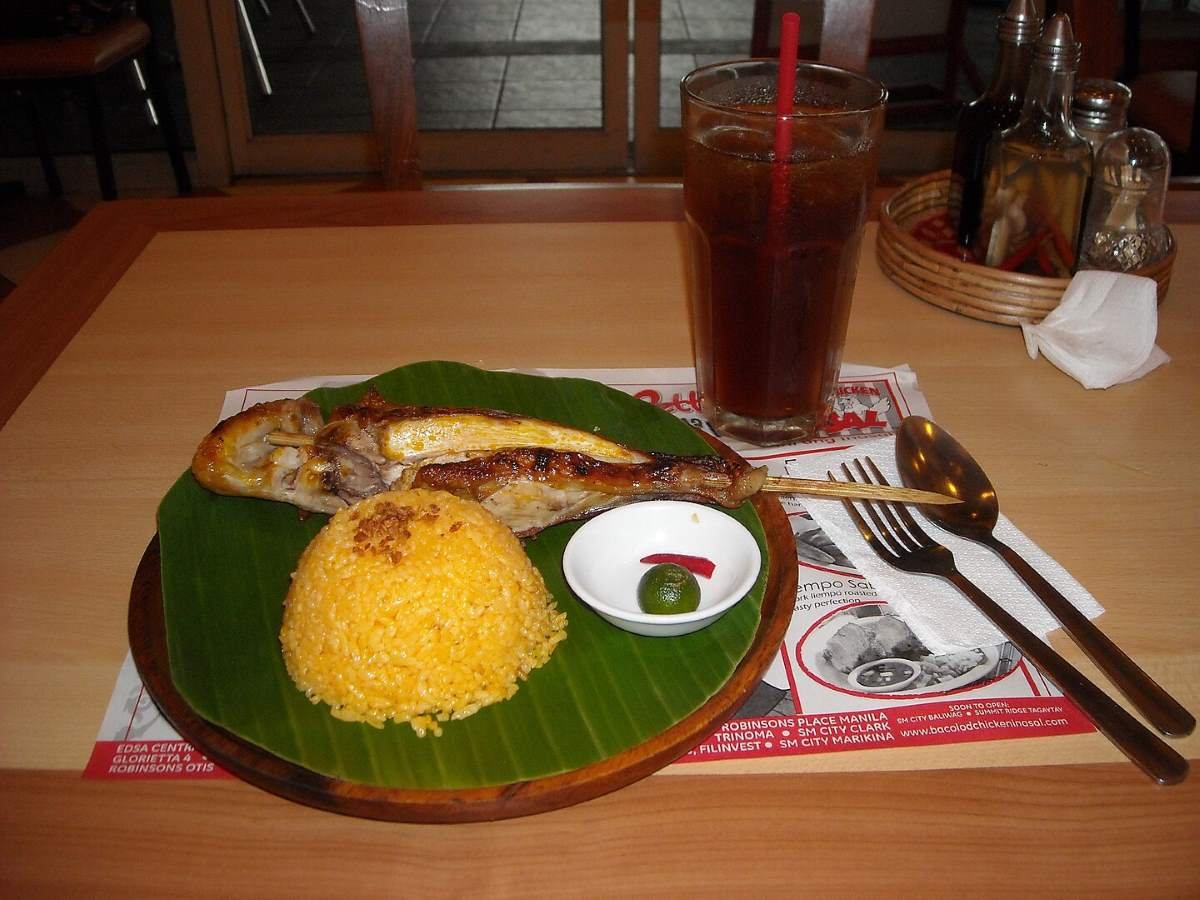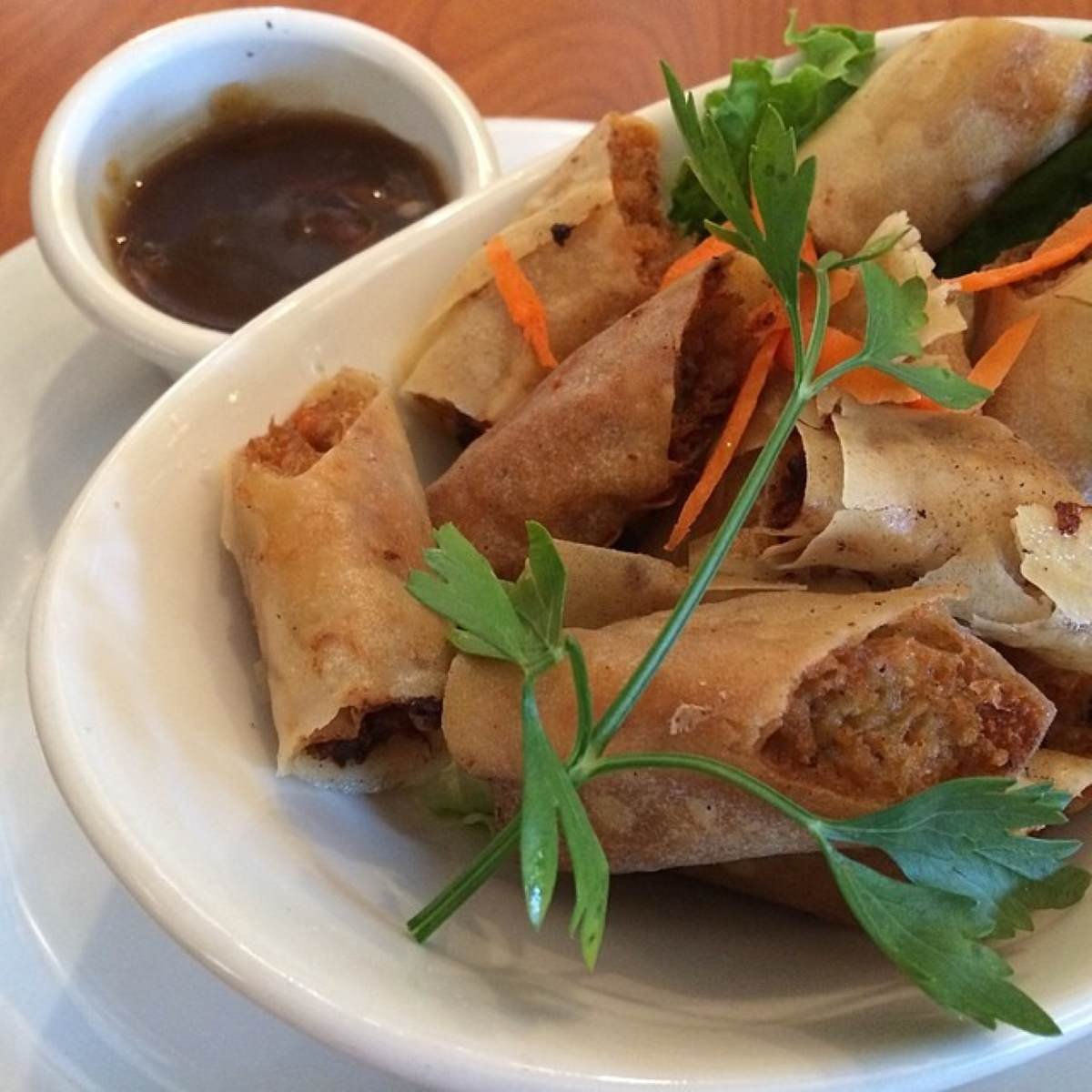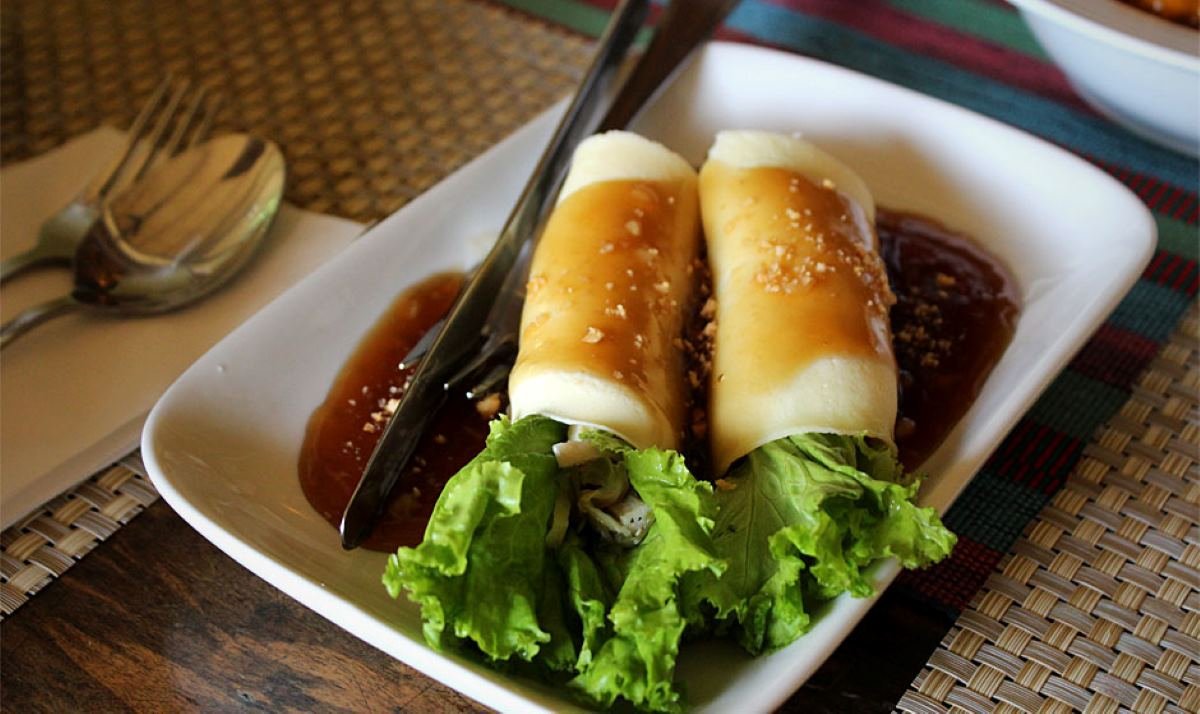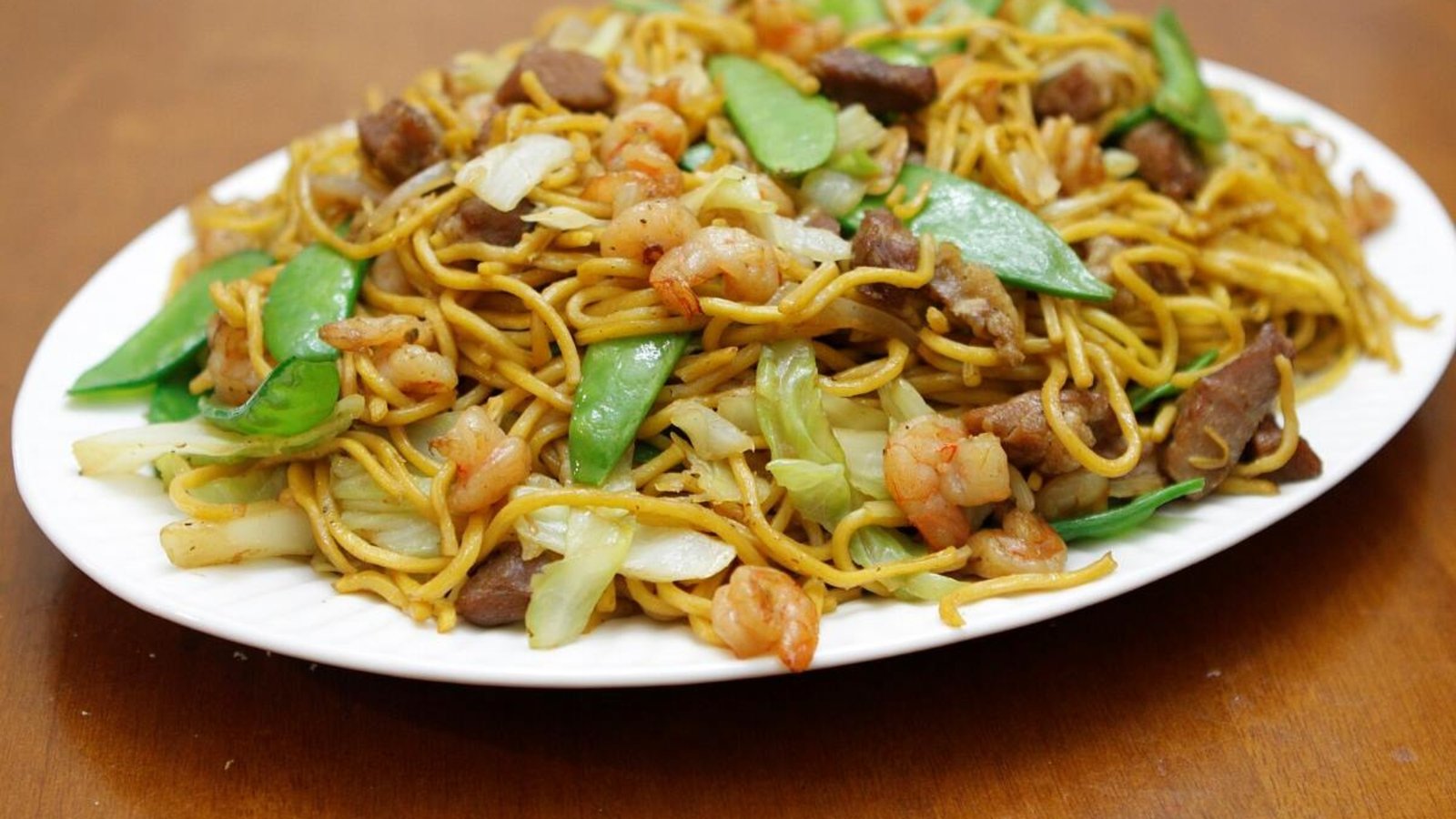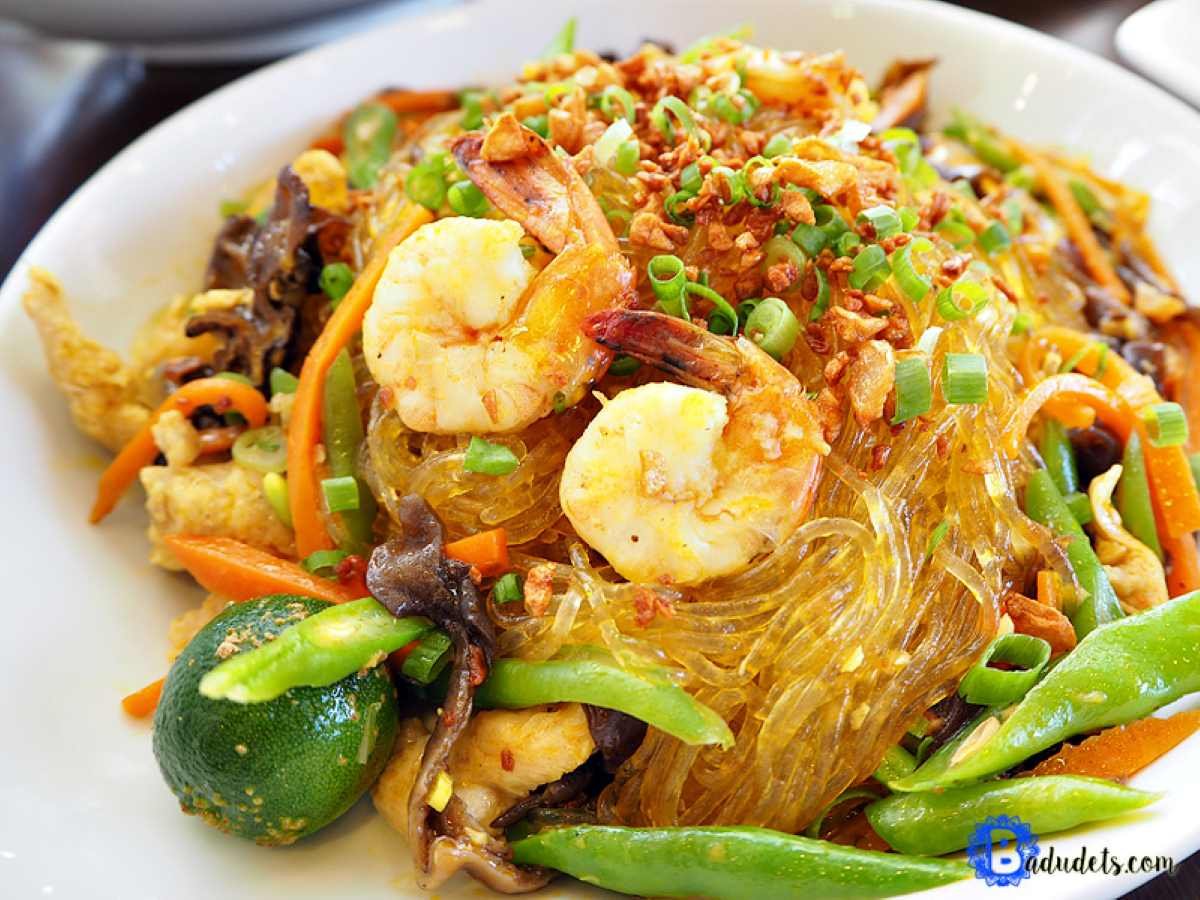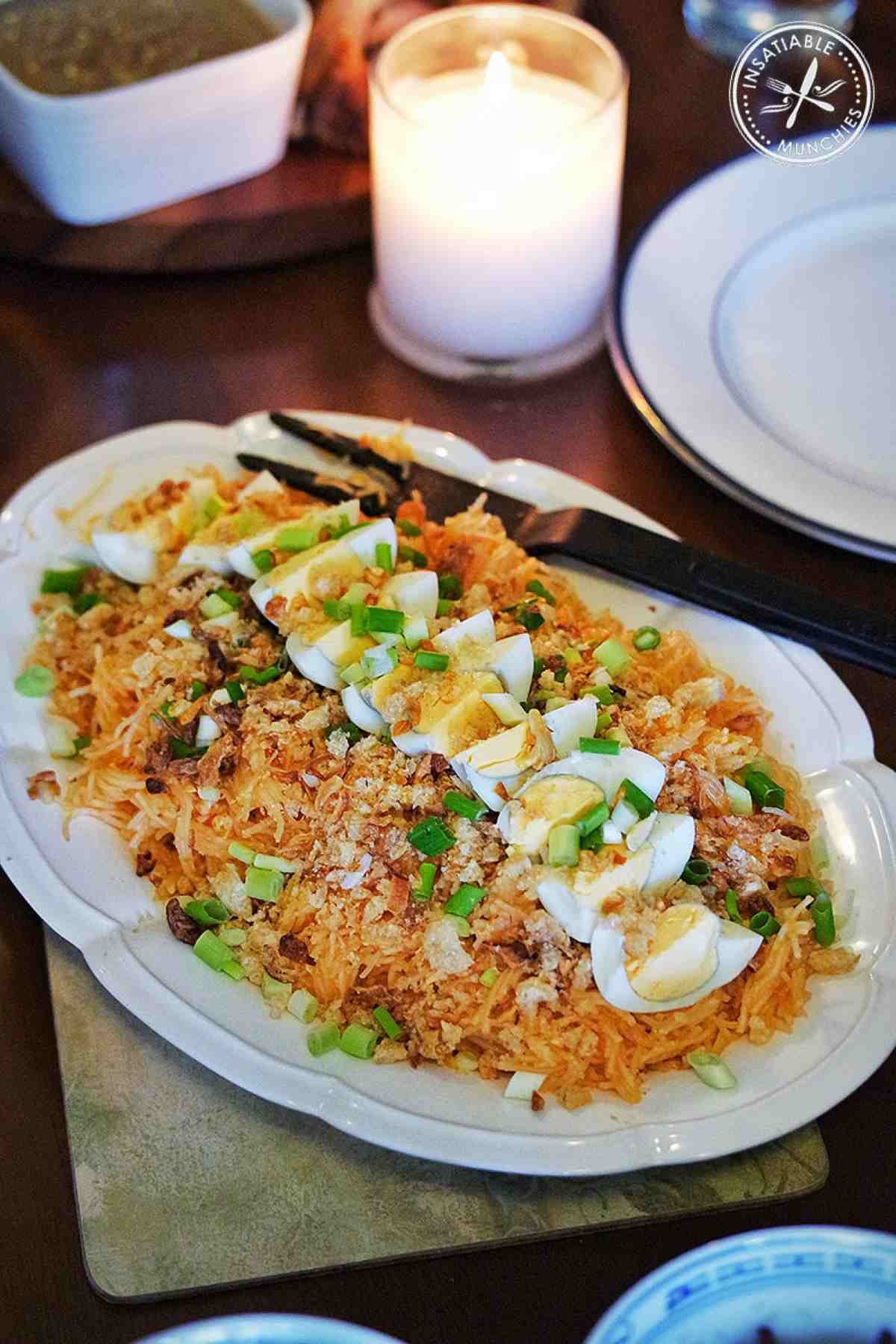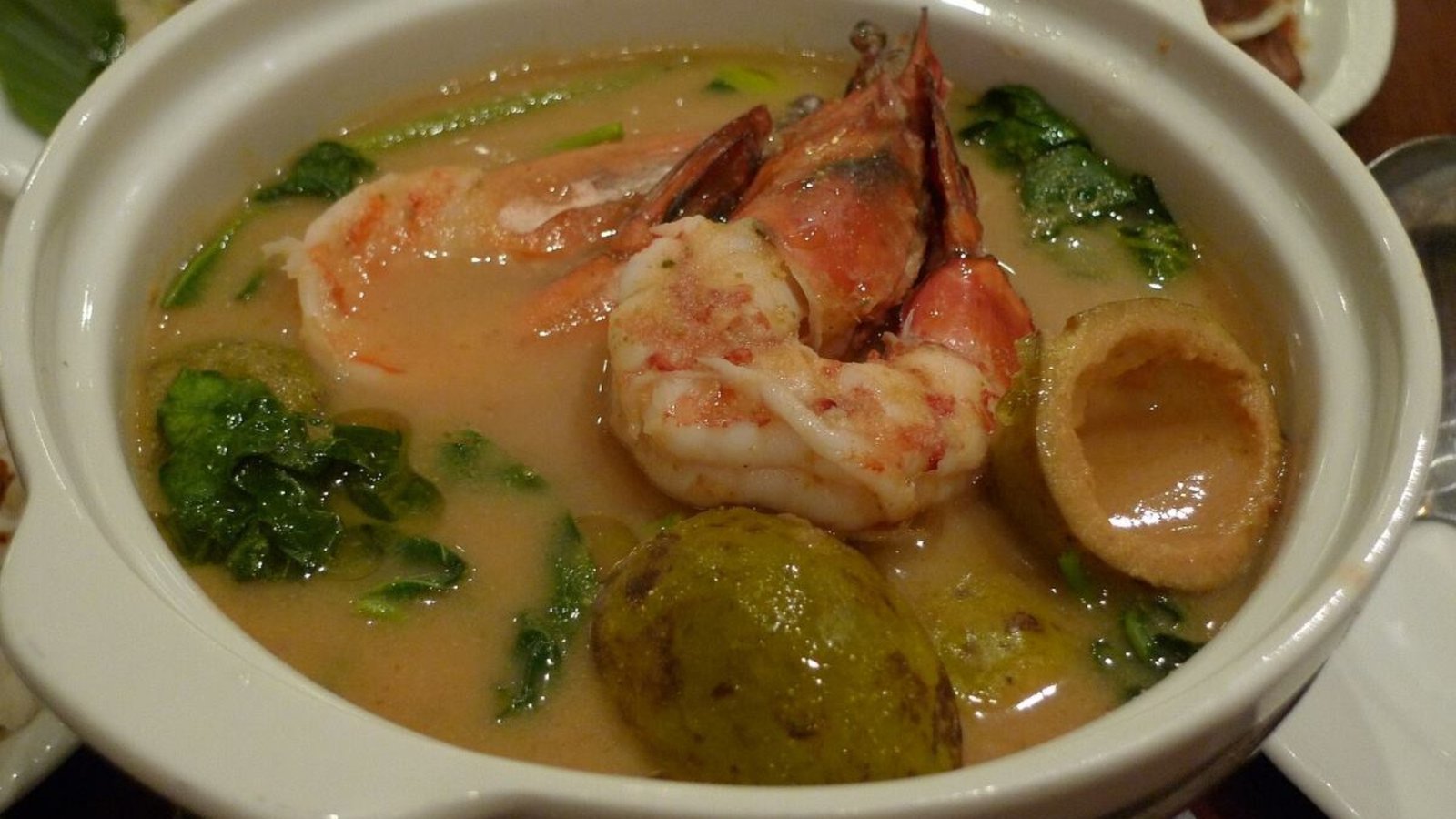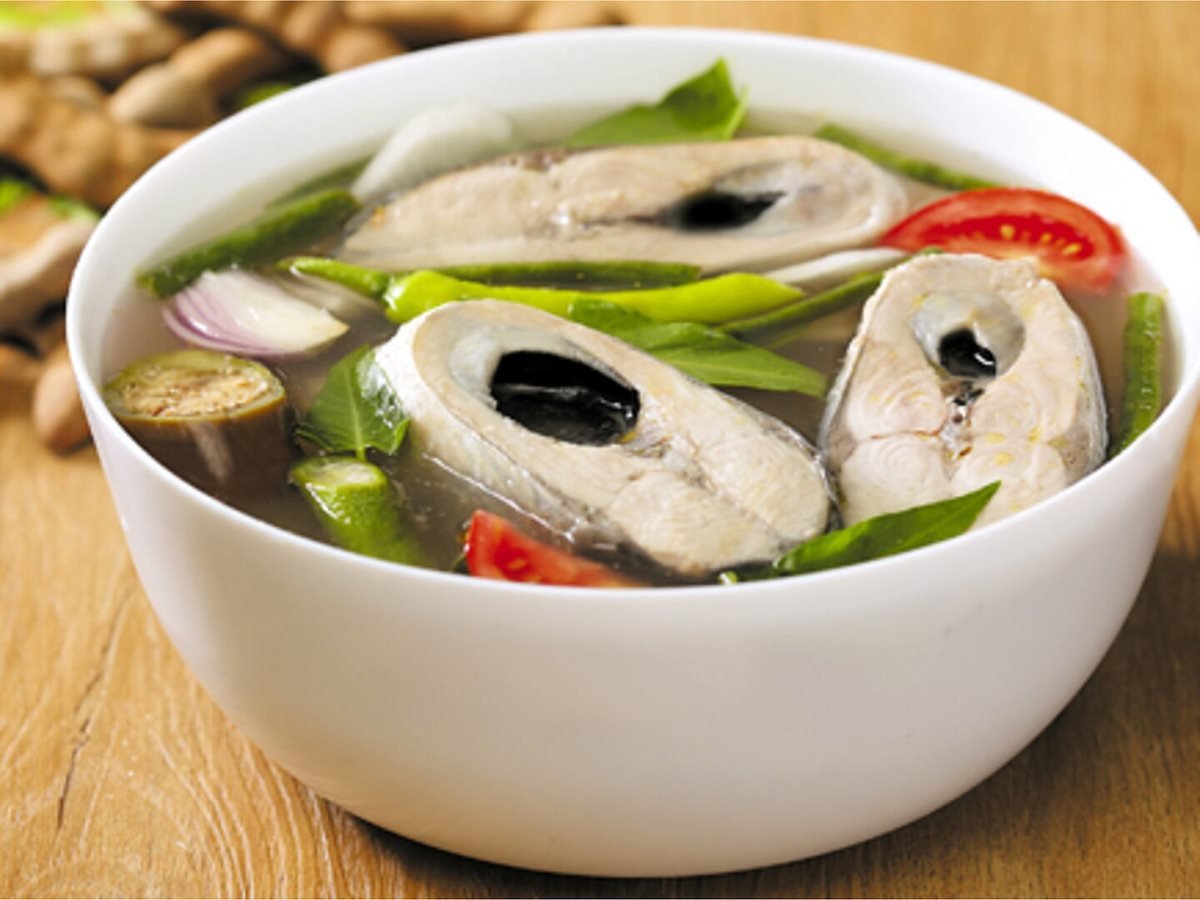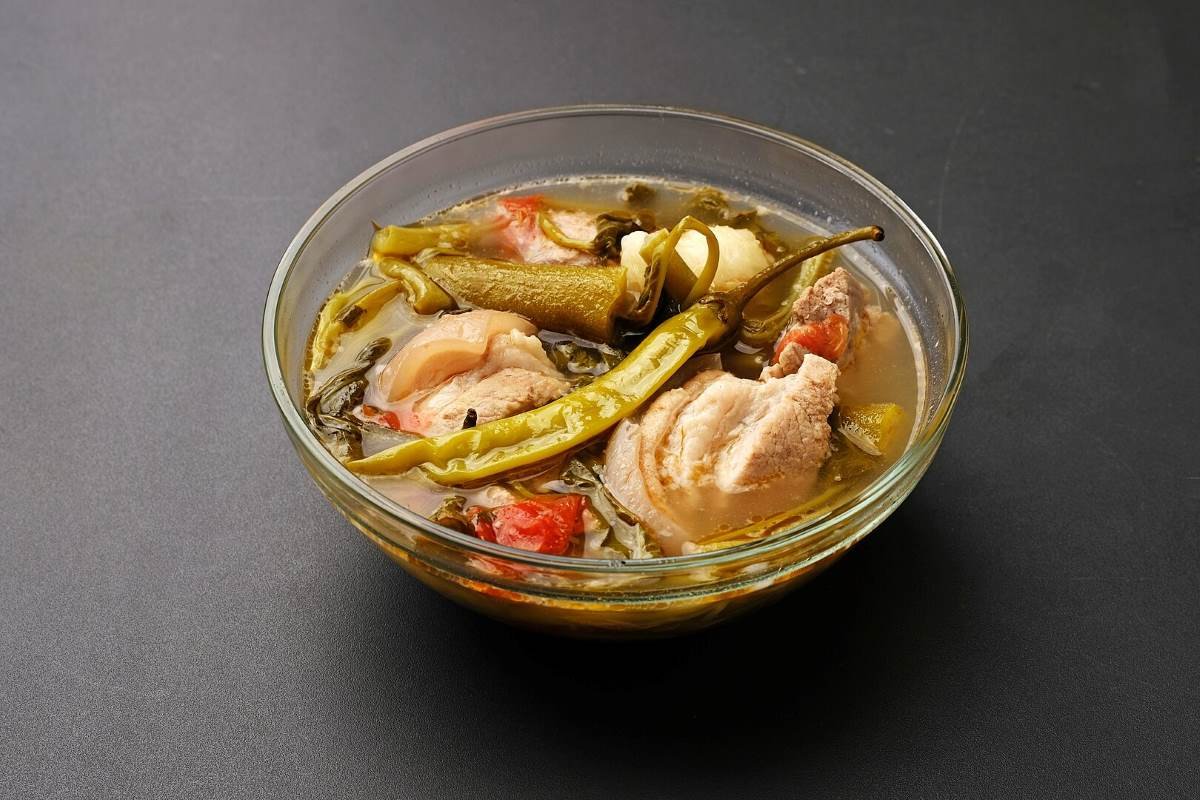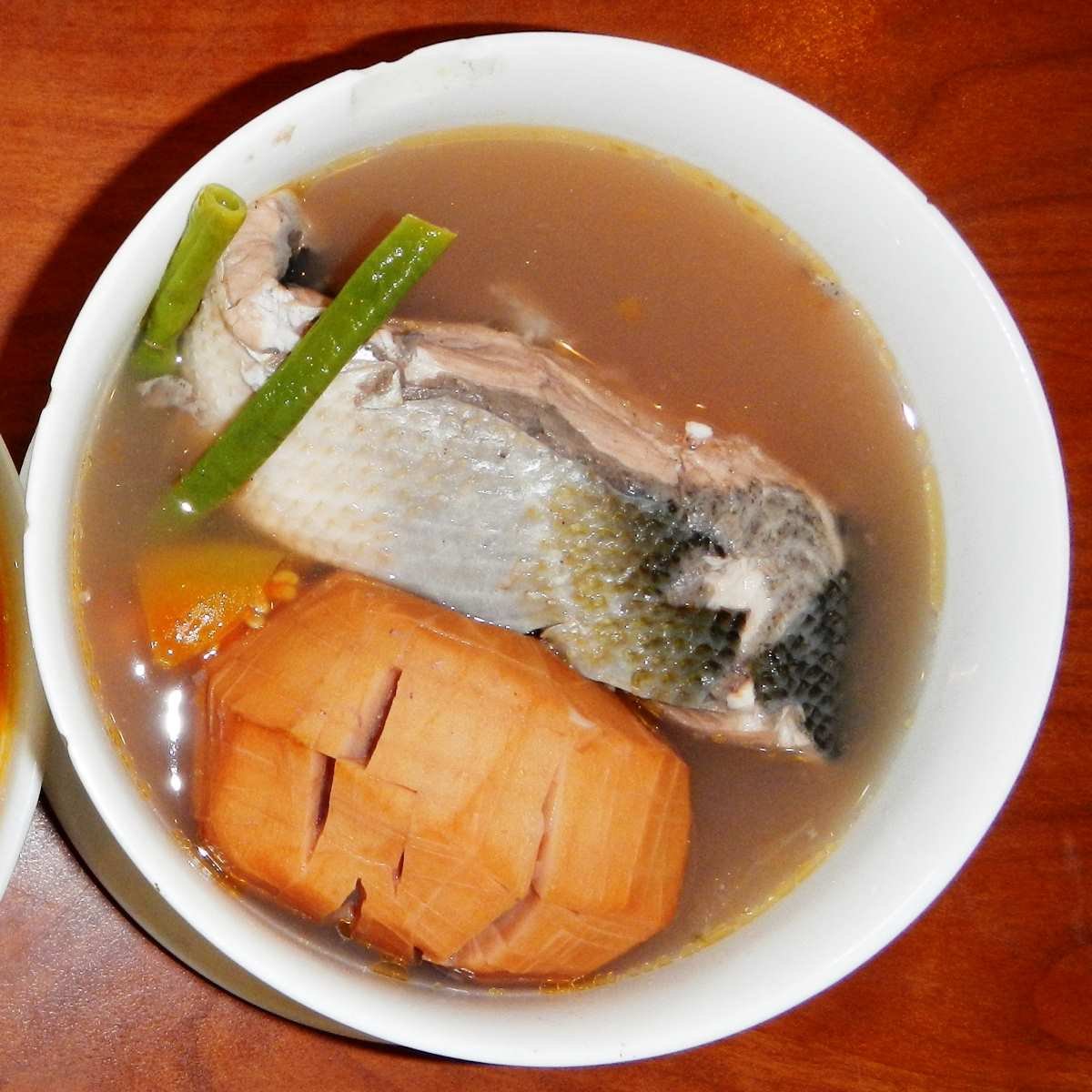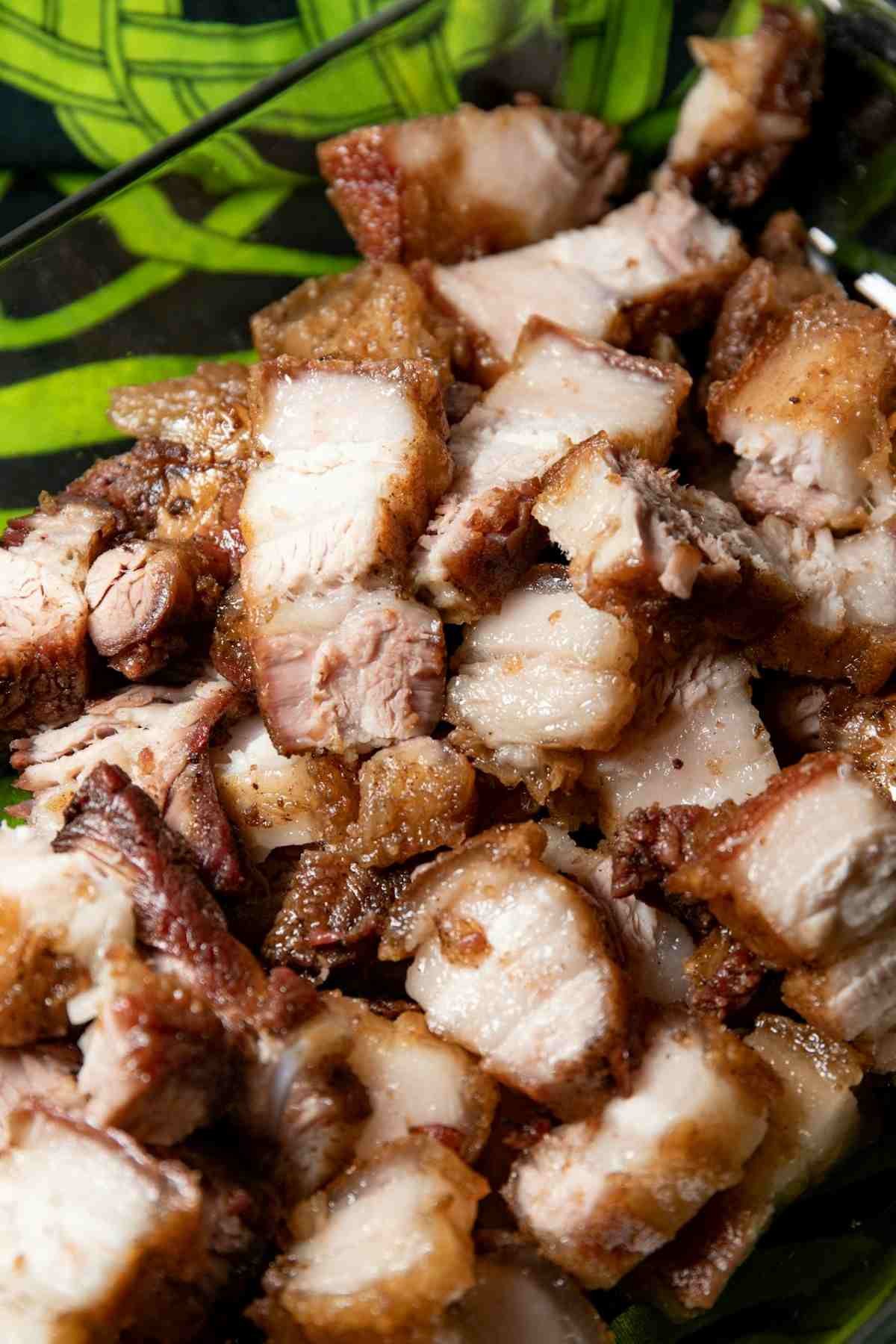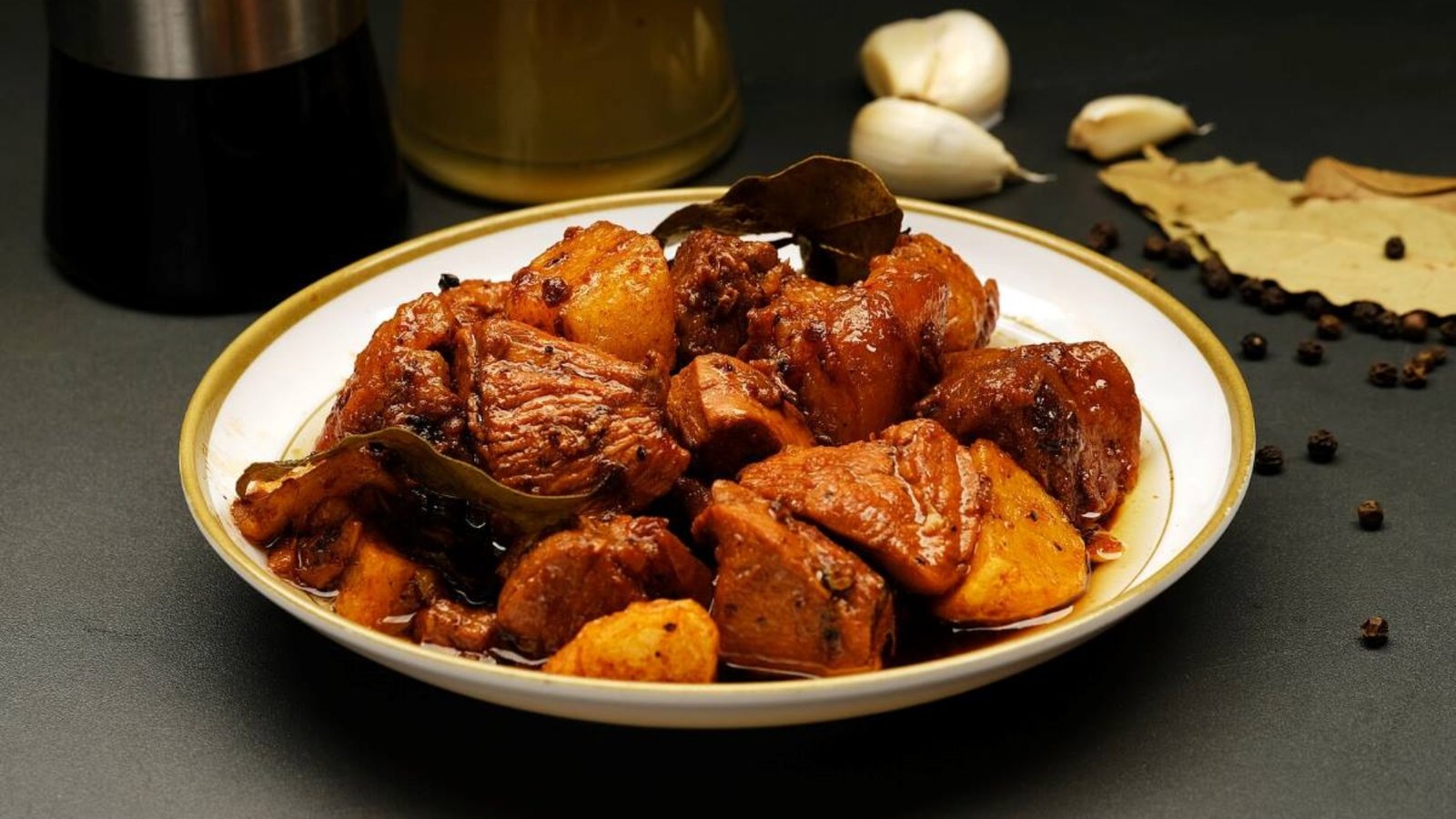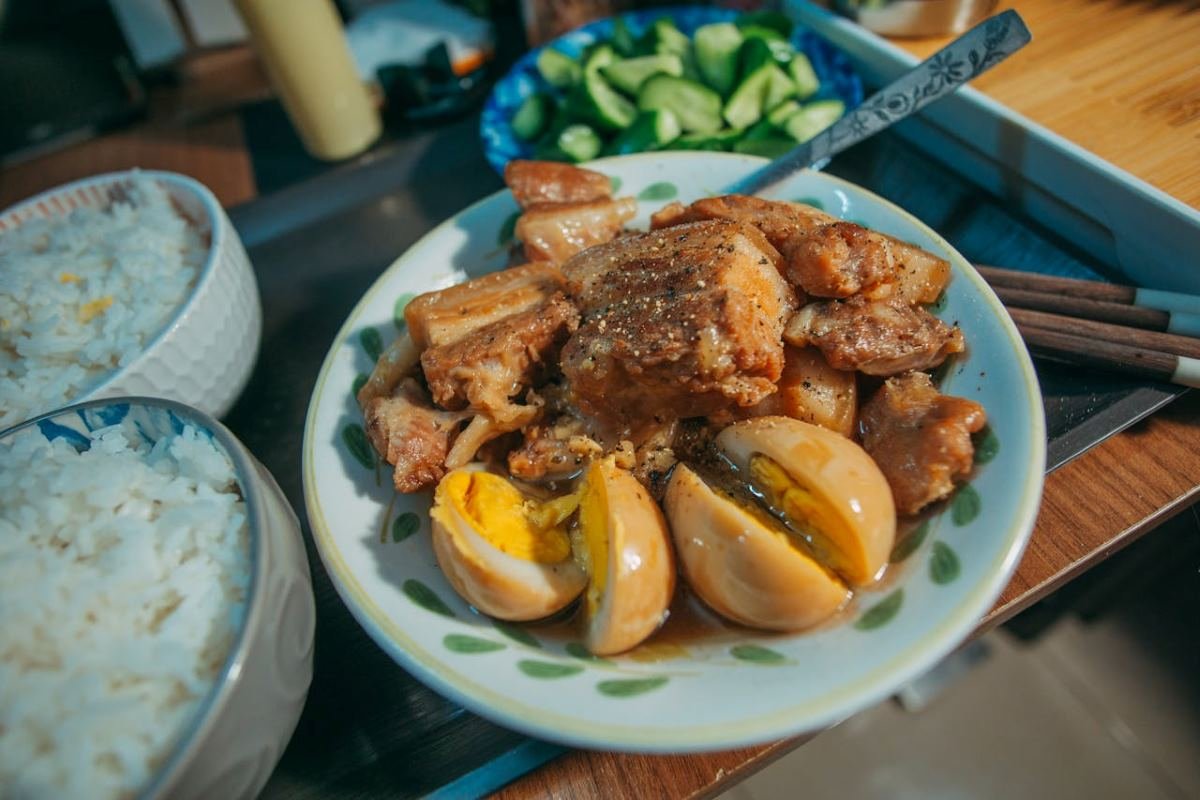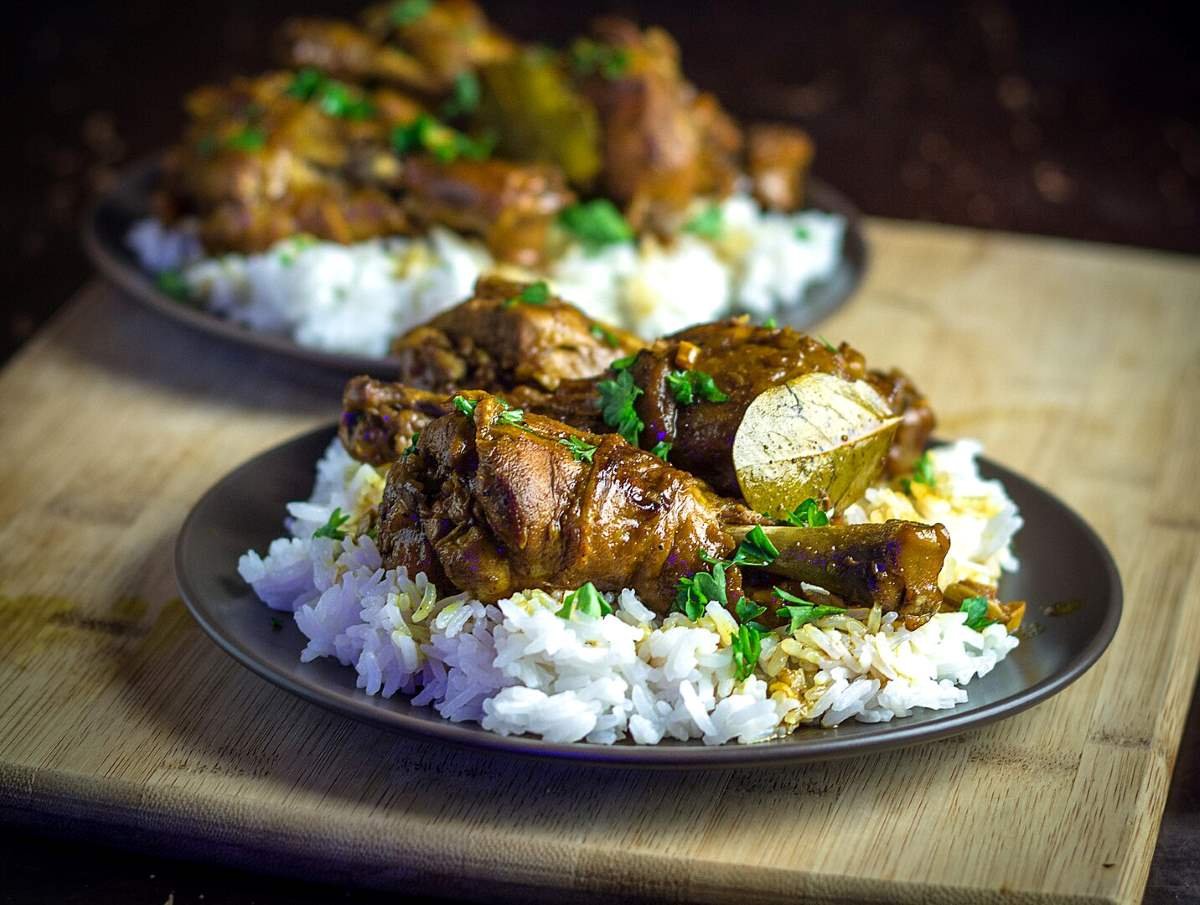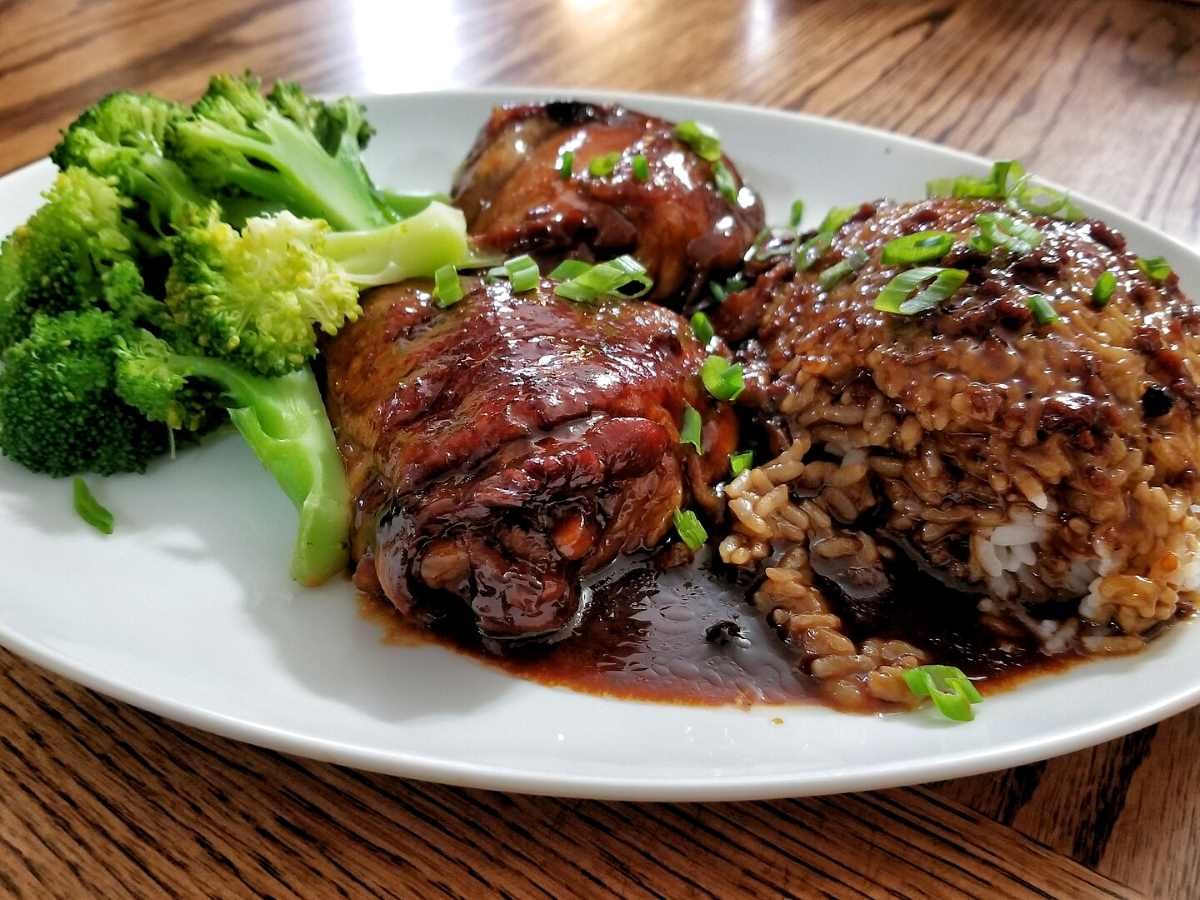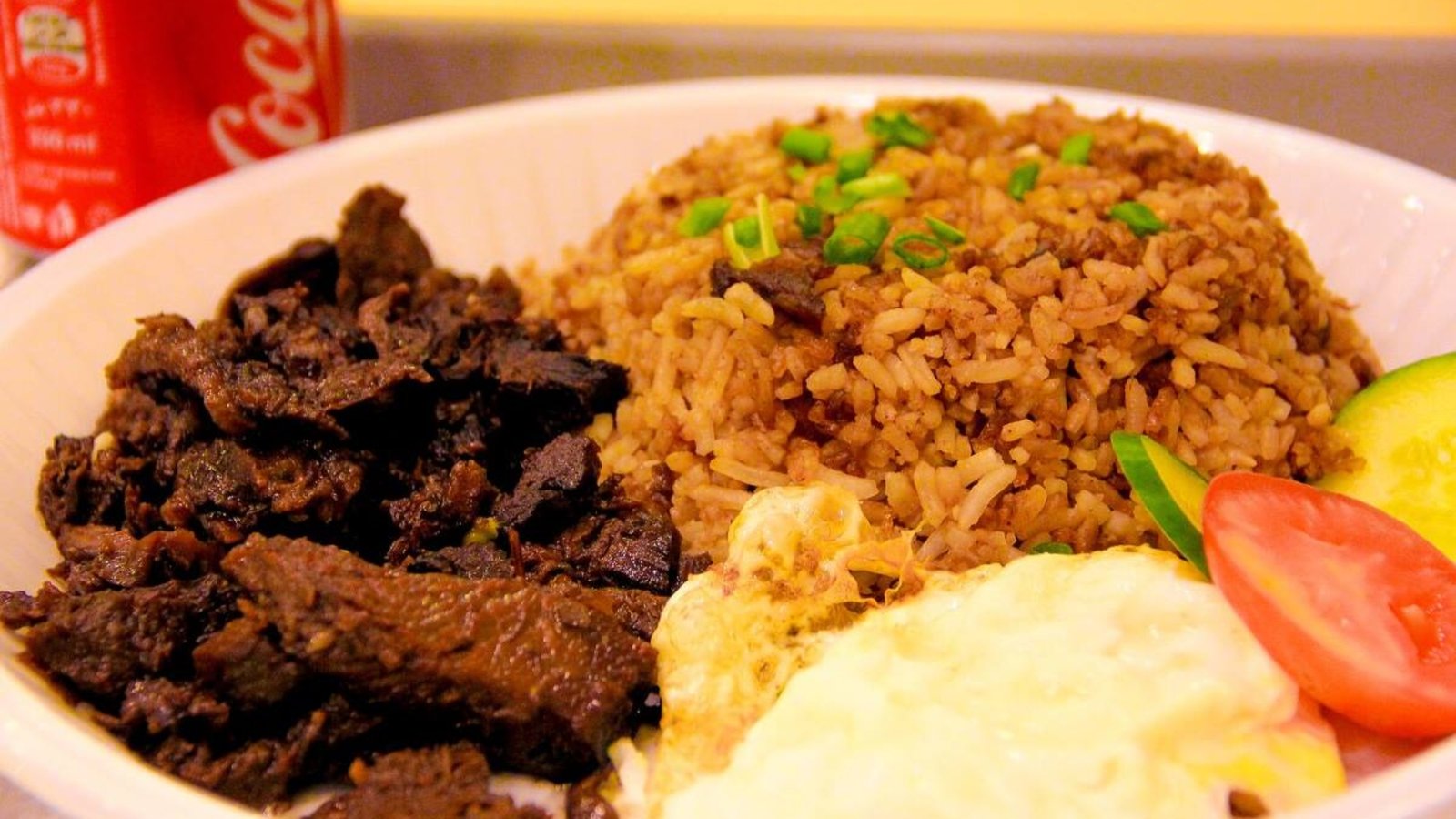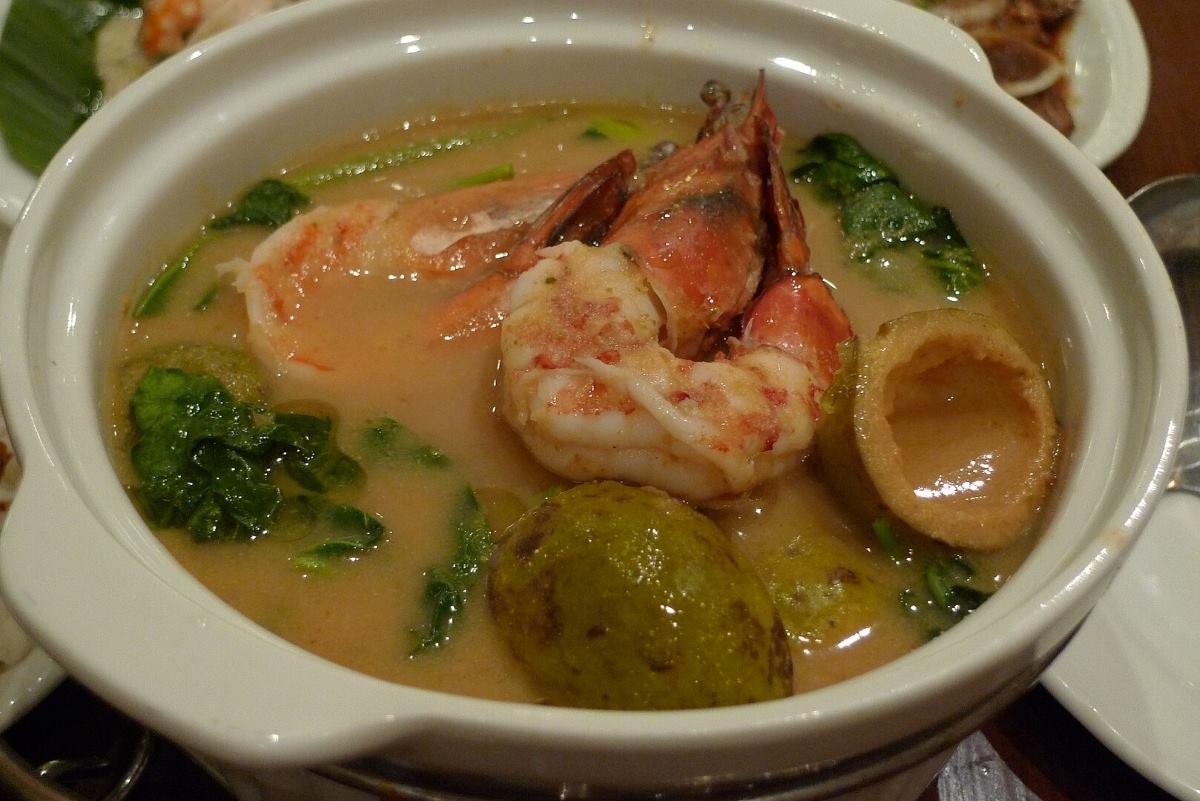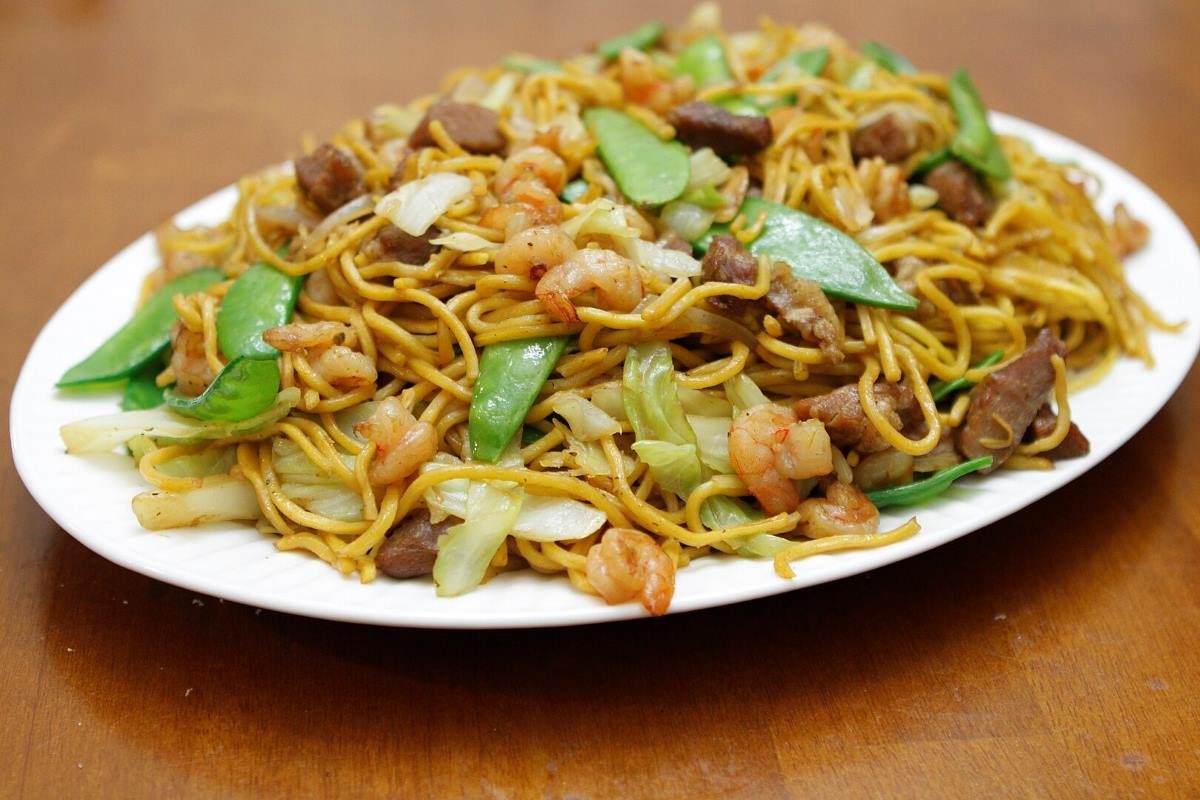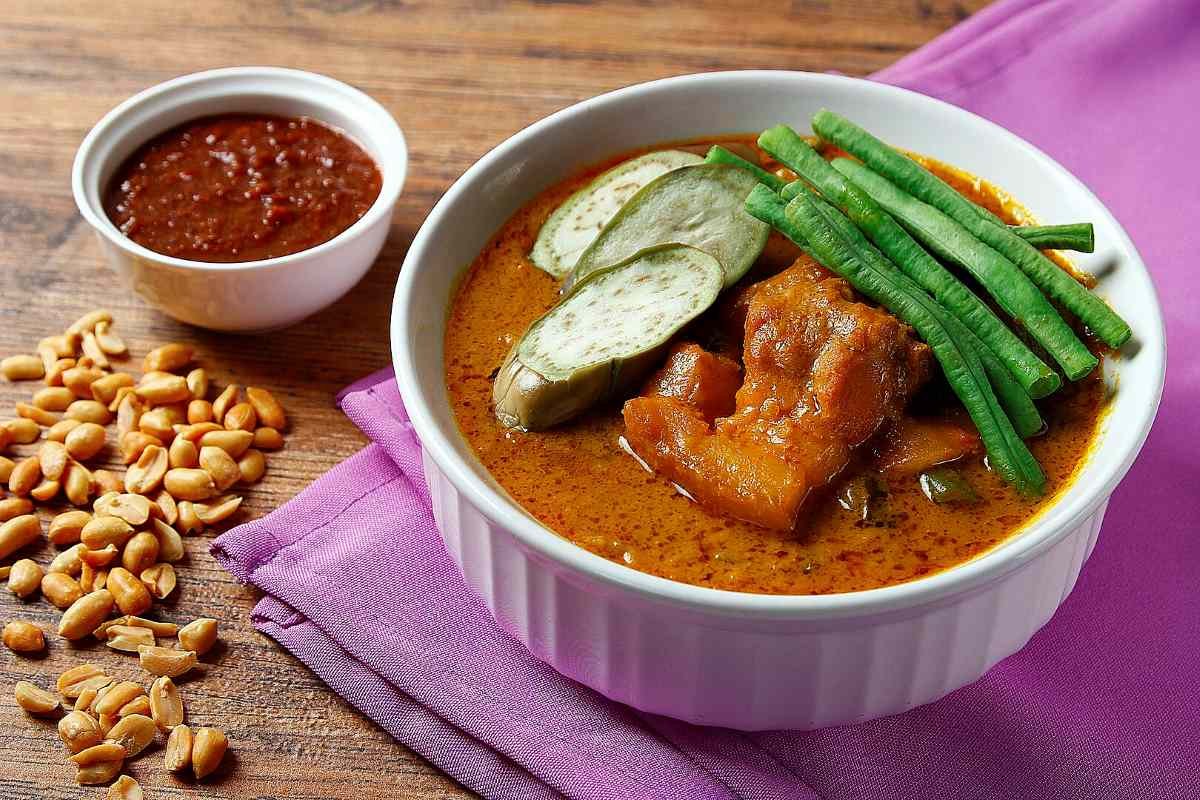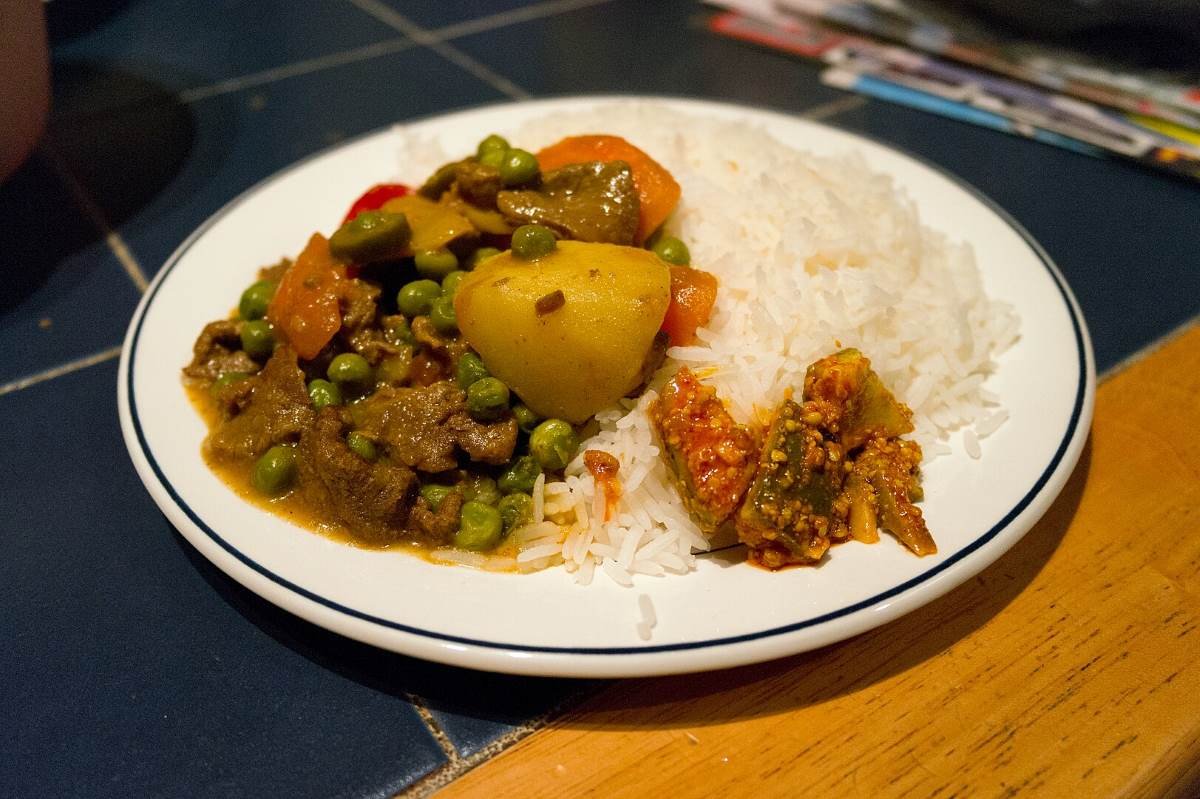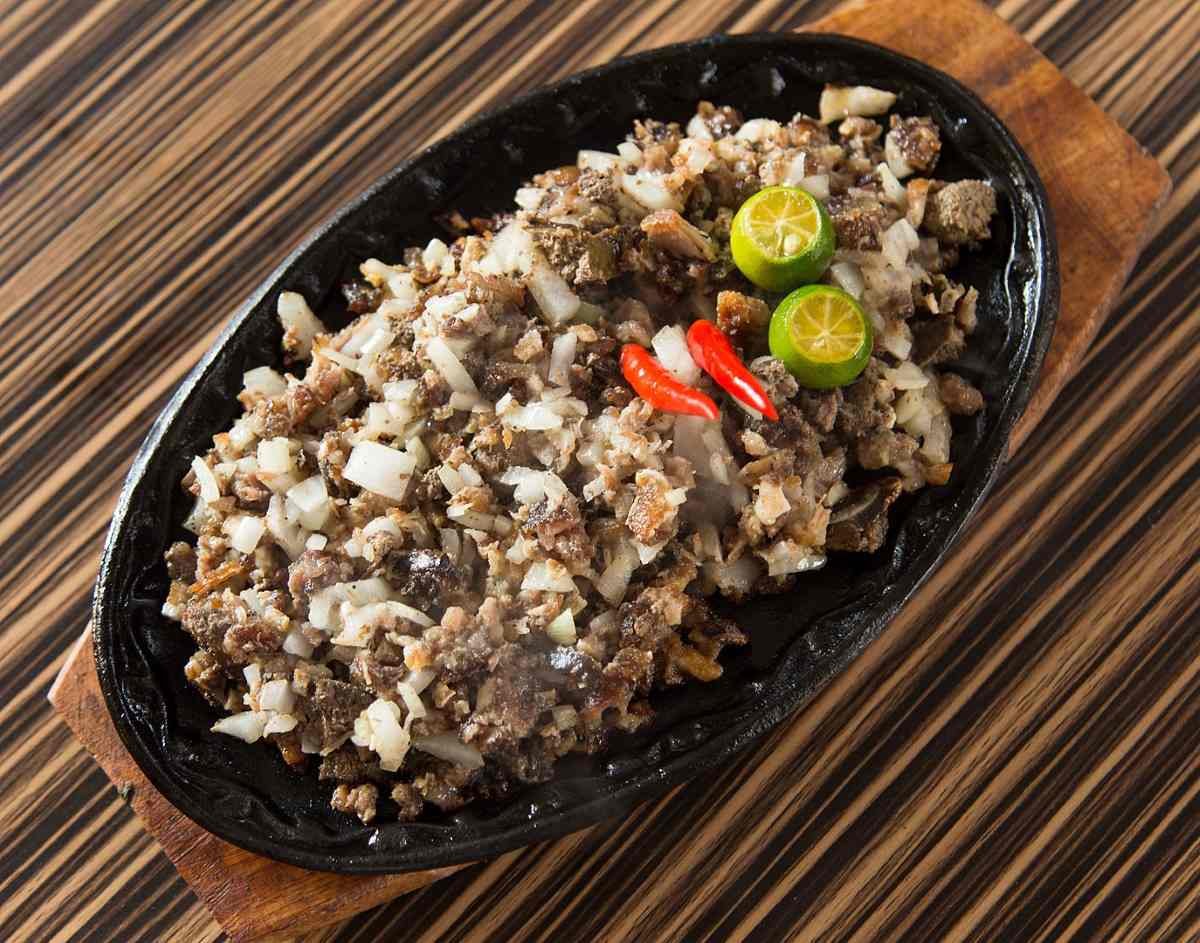4 Sisig Variations That Are So Good. Food Adventure You Can’t Miss!
Hello, fellow foodies and travelers! If you’re planning a trip to the Philippines or just craving an unforgettable dish, there’s one culinary treasure you absolutely need to try: Sisig. This sizzling dish isn’t just a meal; it’s a full-on experience. From its humble beginnings in the streets of Pampanga to becoming a nationwide phenomenon, Sisig is the kind of food that brings people together, whether they’re locals celebrating a family milestone or visitors diving into Filipino flavors for the first time. So, let’s take a deep dive into why this iconic Filipino specialty is a must-try, and why it’s impossible not to fall in love with this dish.
Why This Sizzling Filipino Dish Is a Must-Try When Visiting the Philippines
When it comes to Filipino food, this sizzling sensation stands out as one of the country’s most iconic dishes. Known for its rich flavors, crispy texture, and unique cooking process, it perfectly represents Filipino culture on a plate. It’s the kind of dish that captures the essence of Filipino cooking: creative, resourceful, and full of heart. As you travel through the Philippines, you’ll notice that this dish is available in nearly every city and town, each with its twist, but all with the same addictive, sizzling flavor.
Imagine a hot plate of finely chopped pork, seasoned with a blend of tangy calamansi (Philippine lime), chili, and spices, and topped with an egg that sizzles and cooks right before your eyes. This delicacy is the ultimate fusion of textures—crispy, savory, and just a hint of sourness—that keeps you coming back for more. What’s truly special about it is its ability to adapt; it’s made with love, and every region adds its own spin. For Filipinos, this sizzling masterpiece is more than just food; it’s a social experience, a centerpiece for gatherings, and an invitation to share and enjoy.
The magic of this dish lies not only in its taste but also in the stories behind each bite. It originated in Pampanga, known as the culinary capital of the Philippines, and has a fascinating history that reflects the resilience and creativity of the Filipino people. This sizzling specialty was born from a resourceful use of ingredients that would otherwise go to waste, turning them into something delicious and memorable. Today, it’s celebrated nationwide, served in everything from food markets to high-end restaurants, proving that this iconic meal isn’t just a dish; it’s a symbol of Filipino pride.
A Brief History: Sisig’s Journey from Pampanga to Global Fame
The Origins of this Filipino Staple
This sizzling dish traces its roots to Pampanga, a province known for its culinary heritage and inventive spirit. Originally, the term “sisig” referred to a sour salad of green papaya or other fruits mixed with vinegar, chili, and salt, used as a side dish or appetizer. This humble dish eventually transformed when a Kapampangan woman named Aling Lucing Cunanan started cooking pig’s head parts, such as cheeks and ears, to create a sizzling, savory, and tangy masterpiece. Aling Lucing is often credited with inventing modern Sisig, and her restaurant in Angeles City remains a pilgrimage site for food lovers.
The story of this dish is one of ingenuity and resourcefulness, born out of a desire to make something out of the lesser cuts of meat. During the American occupation, pig heads were considered by-products at the Clark Air Base and were either discarded or sold at a low cost. Aling Lucing took advantage of this opportunity, creating a dish that not only used these parts but elevated them into something extraordinary. Her creation sparked a food revolution, and soon, the sizzling delicacy spread from Pampanga to every corner of the Philippines, eventually becoming a beloved national dish.
How This Culinary Treasure Became a National Sensation
From its humble beginnings, Sisig quickly gained popularity, first within Pampanga and then throughout the country. The dish’s unique combination of crispy, savory, and slightly tangy flavors made it an instant hit, especially when served on a sizzling plate that brought it to life. By the 1980s, this Filipino classic was a staple in Filipino restaurants and became a popular dish to accompany beer and other social gatherings. Its reputation continued to grow, and soon, this sizzling sensation was being served at parties, fiestas, and even fine dining establishments, cementing its place as a Filipino favorite.
As Filipinos moved abroad and shared their culture, Sisig started gaining international attention. Restaurants in the United States, Canada, and beyond now serve it, introducing more people to this Filipino culinary gem. This flavorful creation has not only survived the test of time but also adapted and thrived in different settings, making it one of the most versatile dishes from the Philippines. Today, it’s not just a food item; it’s a cultural symbol, connecting Filipinos to their roots no matter where they are in the world.
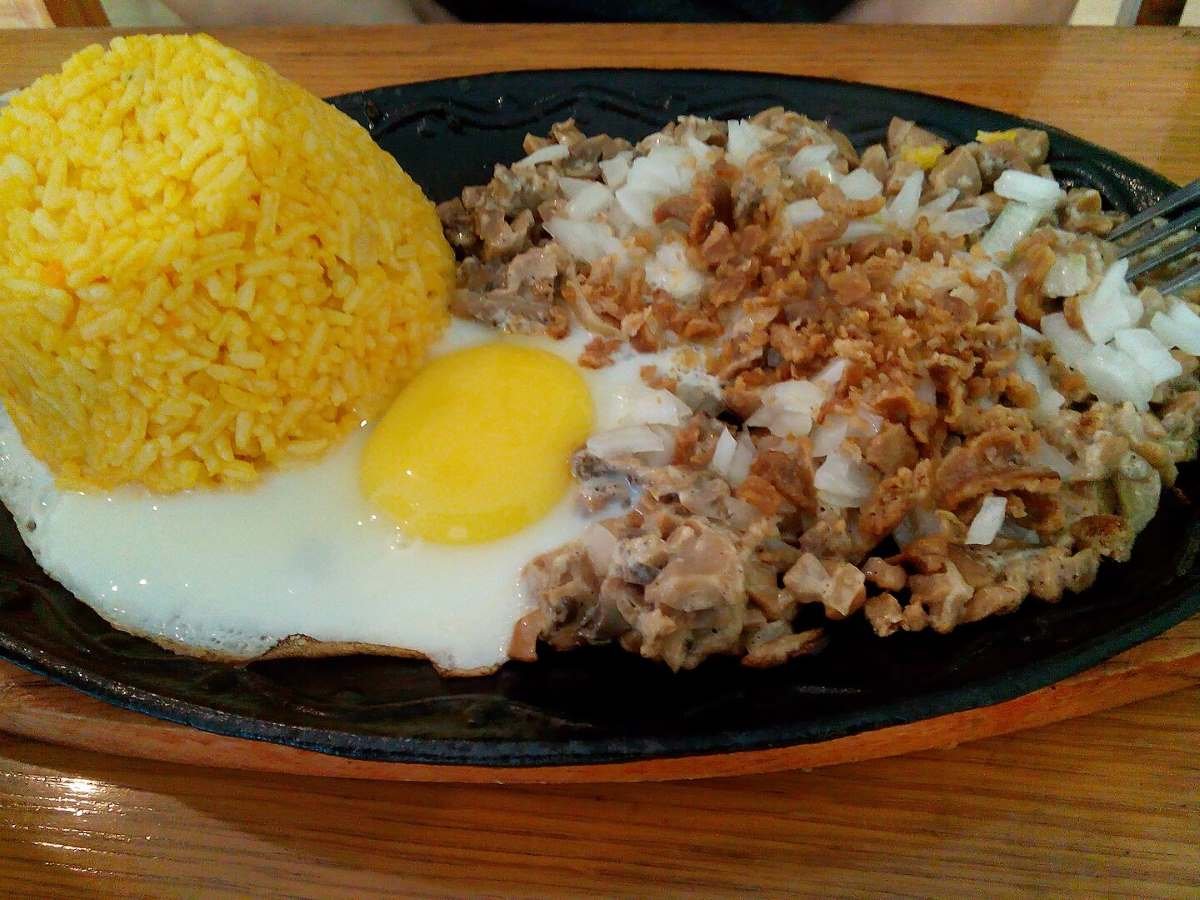
What’s in a Plate of This Sizzling Masterpiece? The Key Ingredients
Pork: The Heart of the Dish
The star ingredient in traditional Sisig is pork, specifically the pig’s cheeks, ears, and sometimes even the brain. These cuts, often overlooked in Western cuisine, give the dish its unique texture and rich flavor. The meat is typically boiled, grilled, and then chopped into small pieces, creating a crispy exterior with a juicy, flavorful interior. This combination of textures is what makes every bite so exciting and enjoyable.
Using these specific parts of the pig highlights Filipino ingenuity and respect for the whole animal. Instead of wasting any part, Filipino cooks make the most of every cut, transforming them into something delicious. This approach to cooking is a big part of what makes Filipino cuisine so special—nothing is wasted, and every ingredient is treated with care. While pork remains the classic choice, there are now many variations of this beloved dish made with chicken, seafood, and even vegetarian alternatives.
The Tangy Twist: Calamansi and Vinegar
One of the defining features of Sisig is its tangy flavor, which comes from either calamansi, a small citrus fruit native to the Philippines, or vinegar. This tangy element cuts through the richness of the pork, balancing the flavors and adding a refreshing zing. Calamansi juice is often squeezed over the plate just before serving, enhancing its aroma and giving it a bright, zesty kick.
The use of calamansi or vinegar also adds a layer of freshness to the dish, making it feel light despite its hearty ingredients. This balance between richness and acidity is what makes dish so addictive—you get the satisfying, savory depth from the pork and the bright, tangy contrast from the calamansi. It’s a perfect example of Filipino flavor balance, with each ingredient working harmoniously to create a truly memorable dish.
Spices and Seasonings: The Essential Kick
This Filipino specialty wouldn’t be complete without its signature kick, provided by fresh chilies and sometimes a dash of black pepper. This spicy element is what gives its bold flavor, making it perfect for those who love a bit of heat in their food. Chili peppers are either chopped and mixed into the Sisig or added on top as a garnish, allowing diners to adjust the spice level to their liking.
Seasonings like soy sauce or fish sauce are also added to deepen the flavor, bringing out the natural umami in the pork. These seasonings not only enhance the taste but also add an extra layer of complexity, making Sisig a dish that’s bursting with different flavors in every bite. The spices and seasonings are carefully balanced, so they don’t overpower the dish but instead complement the natural flavors of the pork.

The Cooking Process: How Sisig Comes to Life
Boiling and Grilling: Creating the Perfect Texture
The journey to a perfect plate of this sizzling dish begins with boiling the pork parts to soften them, making it easier to chop and prepare. Once tender, the pork is then grilled to give it a smoky flavor and crispy texture, which is essential for its signature crunch. This grilling step is where a lot of the flavor develops, as the high heat caramelizes the meat, adding depth to its taste. Once grilled, the pork is chopped into small pieces, ready for the final step.
Grilling also gives Sisig its distinct texture, with crispy bits mingling with tender, juicy pieces in every bite. The variation in texture is one of the things that makes the dish so satisfying—you’re not just getting a uniform dish but one that surprises you with every mouthful. The crispy, smoky flavor from the grill is essential, setting it apart from other pork dishes. Each bite has a mix of textures that keeps you coming back for more.
Sautéing and Seasoning: Building the Flavor
After the pork is grilled and chopped, it’s time to sauté it with onions, adding a layer of sweetness and depth to the dish. Onions are a key ingredient in Sisig, providing a caramelized flavor that balances the pork’s richness and the tanginess from the calamansi or vinegar. Sautéing also allows the flavors to meld together, creating a cohesive dish that’s rich, savory, and slightly sweet.
Seasonings like soy sauce, vinegar, and chili are added at this stage, infusing the pork with a burst of flavor. Each of these ingredients plays a vital role in creating its complex taste profile—soy sauce for umami, vinegar or calamansi for tang, and chili for heat. This process of layering flavors ensures that every bite of Sisig is packed with taste, making it one of the most flavorful dishes in Filipino cuisine.
Serving on a Sizzling Plate: The Final Touch
One of the most iconic aspects of this dish is how it’s served—on a sizzling hot plate that keeps the dish warm and intensifies its aroma. The sizzling plate not only adds a theatrical element to the dish but also enhances its flavor, as the heat brings out the spices and seasonings. When the sizzling mixture hits the plate, you can hear it sizzle, and the smell of pork, onions, and calamansi fills the air, making it impossible to resist.
The sizzling plate also allows diners to mix in an egg, which cooks as it blends with the hot pork, adding a creamy richness to the dish. This interactive aspect is one of the things that makes this dish so much fun to eat—you can customize it to your liking, whether that means adding more calamansi, mixing in extra chili, or letting the egg cook fully. The sizzling plate is the perfect finishing touch, elevating this Filipino classic from a simple pork dish to a full sensory experience.

Variations of Sisig: More Than Just Pork
Chicken Sisig: A Lighter Alternative
For those who prefer a lighter version of this classic dish, chicken variation is a popular alternative that’s just as flavorful. Made with finely chopped chicken meat, this variation has a slightly milder taste but still packs the same punch of spices and seasonings. It’s a great option for anyone looking to enjoy the dish signature flavors without the richness of pork. Chicken is also a favorite among health-conscious diners, as it has a lower fat content than traditional pork option.
The chicken variation is typically prepared in the same way as the pork version, with the chicken meat grilled, chopped, and seasoned with calamansi, soy sauce, and chili. The result is a dish that’s lighter but still bursting with flavor, offering a fresh twist on the classic recipe. It’s proof that the flavors can be versatile, adapting to different ingredients while retaining its original charm. Chicken Sisig is also a great introduction to Sisig for those who may be hesitant to try pork.
Bangus (Milkfish) Sisig: A Taste of the Sea
If you’re a seafood lover, Bangus Sisig, or milkfish sizzling dish is a variation that brings a unique twist to the traditional dish. Bangus is the national fish of the Philippines, known for its tender meat and mild flavor, which pairs perfectly with the tangy and spicy ingredients. This version is often made by deboning and grilling the Bangus before chopping it up and mixing it with onions, chili, and calamansi.
This sizzling Bangus creation is a lighter, more refreshing take on the dish, perfect for those who want to experience the dish with a hint of the sea. It’s a favorite in coastal areas and offers a different flavor profile from pork or chicken, thanks to the Bangus’ natural sweetness. The fish’s tender, flaky texture also adds a new dimension to the dish, making it a must-try for seafood fans. Bangus Sisig is a great example of how it can be adapted to suit various tastes and preferences.
Tofu Variation: A Vegetarian Delight
For vegetarians and those looking for a meat-free option, Tofu Sisig is a fantastic alternative that still delivers on flavor and texture. Made with cubed tofu that’s fried until crispy, this variation is seasoned with the same ingredients as traditional sizzler, including calamansi, soy sauce, onions, and chili. Tofu is proof that you don’t need meat to enjoy the bold flavors of this Filipino classic.
Tofu’s ability to absorb flavors makes it a perfect substitute for meat, as it takes on the savory, tangy, and spicy notes beautifully. This version is popular among health-conscious diners and those looking for a plant-based dish that doesn’t compromise on taste. Tofu sizzler variation has become a trendy option in recent years, offering a vegan-friendly way to experience the magic of the dish. It’s a delicious and creative twist that proves it can be enjoyed by everyone, regardless of dietary preference.
Sisig as a Social Experience: Bringing People Together
Sisig as a Pulutan: Perfect with Beer
In the Philippines, it is more than just a main course—it’s also a favorite pulutan, or bar chow, often enjoyed with friends over a cold beer. The dish’s bold flavors and sizzling presentation make it the perfect companion for a night out, as its spicy and tangy profile pairs wonderfully with the refreshing taste of beer. This tradition of sharing this favorite sizzler as pulutan adds a social dimension to the dish, turning it into a communal experience that brings people together.
Pulutan culture is a big part of Filipino nightlife, and the dish has become an essential part of it. Whether you’re at a local bar, a street-side eatery, or even at home with friends, it is a go-to dish for social gatherings. It’s the kind of food that invites people to dig in, share stories, and enjoy each other’s company. Sisig’s place in Filipino bar culture highlights its versatility—it’s just as fitting at a family dinner as it is at a lively night out.
Conclusion: Sisig—A Must-Try Filipino Icon
If there’s one dish you absolutely have to try when visiting the Philippines, it’s Sisig. With its rich history, incredible flavors, and vibrant social culture, the dish is much more than just food—it’s a Filipino icon that embodies the heart and soul of the Philippines. Whether you try the classic pork, a lighter chicken version, or even a vegetarian tofu option, each bite offers a taste of Filipino creativity, resilience, and love for sharing food.
So, are you ready to dive into the sizzling world of this iconic dish? Grab a plate, squeeze some calamansi, and enjoy this unforgettable Filipino culinary adventure. It isn’t just a meal; it’s a celebration of flavor, history, and community. Your trip to the Philippines wouldn’t be complete without it, and trust me—one bite, and you’ll understand why Sisig has captured the hearts of food lovers everywhere.

